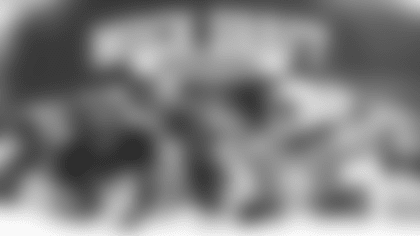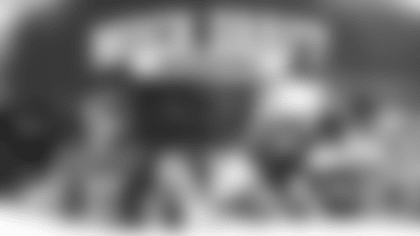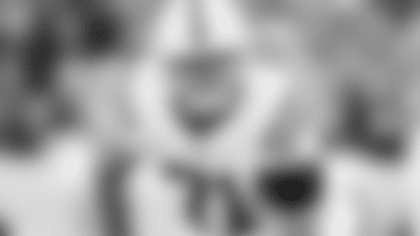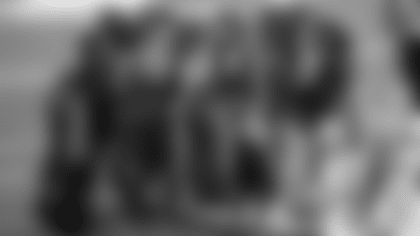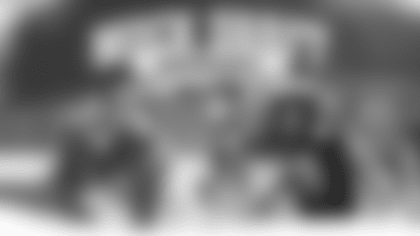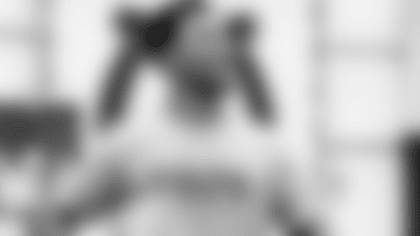INDIANAPOLIS — Indianapolis Colts senior offensive assistant Howard Mudd joined host Daniel Jeremiah on his "Move The Sticks" podcast this week, where he discussed his own playing days, his approach as an offensive line coach, various blocking techniques and Colts guard Quenton Nelson.
You can listen to the entire episode by clicking here, but here's some highlights from Jeremiah's conversation with Mudd:
You were a member of the NFL 1960s All-Decade team as a guard. Before getting into your coaching approach, why'd you decide to play offensive line growing up?
Mudd: "That's interesting. That is interesting. Well, I was involved in writing a book with a bunch of offensive linemen and all of that, and one of the chapters is you don't choose the offensive line; it chooses you. I didn't come up with that — that was Ryan Diem — but that's usually what happens. I mean, I played another position and all that, and I think I just grew to the size that, 'Well, we're not gonna make you a runner, you're not gonna catch passes. You're either gonna play on one side of the line or the other.'"
What was your play style like?
Mudd: "Well, I would say that I was kind of like I coach. I was kind of an aggressive, snarly guy; that I liked mixing it up. And I wasn't poking in the eye and all that; I'm just saying I was gonna get after you, stay after you, that kind of thing. I would say just the aggressive style. And the coaching that I've done all those years has kind of been the same."
Is there something athletically in the background of guys in other sports that can help translate footwork-wise at the next level in the NFL?
Mudd: "Oh yeah. There's a couple of things: one, there's a sport that I'm thinking of two guys that I coached — and there might be more — that were wrestlers in high school. And they all had a sense of balance. Now, you can say, 'Well, do they have good feet?' Well, wrestlers, if you don't have good feet and you don't have good balance, you're gonna get pinned. And they have a sense of leverage. So that's a characteristic that would be comparable (as) a sport. What I did with guys was people that tended to have stiffer feet, that had their feet locked in place as their characteristic style, I have a bunch of drills that I do for that. And I guess I'll stop right here and say if I were going to characterize my coaching, I'd say I'm a finishing coach — you finish with your feet. I have more drills (for) after contact than those that are before contact. You put a person in the position after contact and get them to start moving their feet … sometimes, eh, get in the bar or get in a crowd and you're jostled around, it's counterintuitive to move your feet. What you want to do if you get pushed is you stop your feet and you try to wrestle with someone, and yet the most efficient thing that you can do is when you get body to body — whether that's pass or run, it doesn't make a difference — but when you get body to body and you're stuck, start moving your feet. It's counterintuitive. So we have drills — the interval between contact and drive, and after drive you move your feet, move your feet, and I want to see it on video. Well, I guess I could say that this year going back to work, I went back and looked at the stuff that we did here, it was 2009, and those guys really knew how to move their feet; they knew how to finish. They got to it."
On his "fast-slow-fast" approach to the rhythm of a block:
Mudd: "There's a rhythm to a block. When I say "fast-slow," as the ball is being snapped you have to go somewhere; you have to go somewhere to make contact. You make contact, and then there's another rhythm, OK? So this is a little strange, but I look at it in a different way, as you know; I'm different. When you're run blocking, you don't go fast first. You go slow your first step or two — might be slow to gather your position and lower your center of gravity — then you move fast, quickly, to make contact, and then you slow yourself down to maintain your leverage on the guy so that you don't lose contact. Because if you go into a run block and you're fast at the beginning, you might miss. You want to make contact and leverage that man at the point of attack and keep the pads under his, and when you make contact, if you start making driving steps and you don't have the strength advantage he's going to throw you off. So the most important thing is that after contact you maintain contact so that you don't have to start over. Don't let that guy stop your momentum, OK? Maintain your momentum. Well, that's run blocking. In pass blocking, interesting — I believe that you go fast, and then you slow yourself down for the moment of contact and put your hands in there, put your head in there, put whatever it is, and you've gone fast, settle was the word I used — which slows your momentum down — so it's fast, then you settle, then when you finish the guy then you start moving your feet again, or your body, quickly, hands and feet, to finish him. OK, Jason Peters, who we both know — a lot of people know Jason Peters; he's a great player. So when I introduced this stuff to him in the pass protection stuff — you know, go somewhere real quickly, and then settle your feet; like, I'm going to come and crowd you, you've got the ball in your hand and I've got to guard the basket, which is the quarterback, I'm gonna get real close to you and I'm going to loosen my body up so that I can redirect myself when you try to go around me, OK? So I call that settling your feet; fast-slow-fast. Jason Peters called that 'soft feet;' when you get there, have soft feet. I just loved it."
On how defensive coaches emphasize "come to balance," and how it sounds like pass protecting employs a similar approach:
Mudd: "Right. And so, coming to balance is settling. You're settling your momentum so that you have control over the next movement that you make — reaction, if you will — where hopefully it's appropriate, you've gotten close enough to do it; if he's a better athlete than you are, you probably don't have good control of it. But the point is, yeah, coming to balance is exactly what I'm describing, and it's getting yourself in a position so you can redirect and shuttle off the guy's angle to the ball carrier, or you can shut him off. If you're a tackler, you come to balance — I call it settling — so that you can redirect yourself and execute a tackle, or you can execute covering the guy that's making a move, and you're a corner and you're covering a guy, and you can redirect yourself without being out of control."
With how much the game has evolved in recent years to so pass-heavy, how do you break up your time in practice between the run game vs. the pass game?
Mudd: "I think you spend the most amount of time on the most difficult thing. The most difficult is pass protection. And even if it's an inordinate amount — if it's disproportionate, whatever that phraseology is; if you spend, let's say you've got individual time, practice time, that sort of thing, if you throw the ball 60 percent of the time, I'd spent 80 percent of my time doing something in pass protection. When I can pass protect, I feel so good about where I'm at because all of the body movements that are required to react to the man and redirect myself, get myself in the right position, don't get faked out, know what to do with each little movement he makes, if he bull rushes me — I know how to do that. I'm a maverick; I spin and hop and do all kinds of stuff. I do everything I can to keep myself in front of that guy. Most of all of them are athletic things, because football as an offensive lineman isn't played with strength and power; it's played with leverage, quickness. That's what it's played with. If you are strong and you're quick and agile and have balance, now you've got a Hall of Famer."
And that conjures up thoughts about a guy you're going to be around in Quenton Nelson, who's got the aggressive approach and the raw strength, and then he can dance around if you want him to do that, as well:
Mudd: "Right. He's learning this year to be an athlete before contact. And that's kind of what we're charging him with. Think about yourself as an athlete first. All that strength and power and aggressiveness and all that stuff, which is great, will come. If you're in the right position and you've got the man leveraged, your hands in the right place and you start moving your feet, it's over for him, because you've got so much talent."
Who's the best offensive lineman you've been around?
Mudd: "There's no question about it: Walter Jones is the best that I think that ever played, because he had the combination of all of the things you're talking about. He could play less than 100 percent, because he always had something left at contact, when the ball was snapped, whatever. He could reach anyone; he could reach block a guy that's two men removed to the outside. Don't tell him he can't do that. And then do it looking like he's comfortable, like he still had something left. And he did everything with such great ease, and he did it right from the time he was a rookie. So there's one Hall of Famer, OK? That's an HOF guy."
——————
Jeremiah and co-host Bucky Brooks are also in the midst of identifying the current NFL players that fit the "prototype" at each position, and they ended this episode by putting the spotlight on the offensive line.
Brooks was tasked with finding a prototype at the tackle position, and he selected the Dallas Cowboys' Tyron Smith.
Jeremiah, however, selected Nelson as his prototype when focusing on the interior offensive line positions.
"Coming off his rookie season, this is somebody we talked about so much in the run-up to the draft, before his rookie campaign, I went on record and said he's the best run blocker I've ever evaluated. I'm not just talking just guard; I'm saying offensive linemen period. I've never seen anybody do what he does in the run game, and he immediately did the exact same things at the NFL level," Jeremiah said. "Now, that alone would not be enough to make you a prototype in a passing league; this guy does that in the run game, but then he can slide, redirect, bend, all the of the things you wanna do in pass protection."
Howard Mudd has over 40 years of NFL experience as a coach and player and he re-joins Indianapolis after serving as the Colts offensive line coach for 12 seasons (1998-2009).
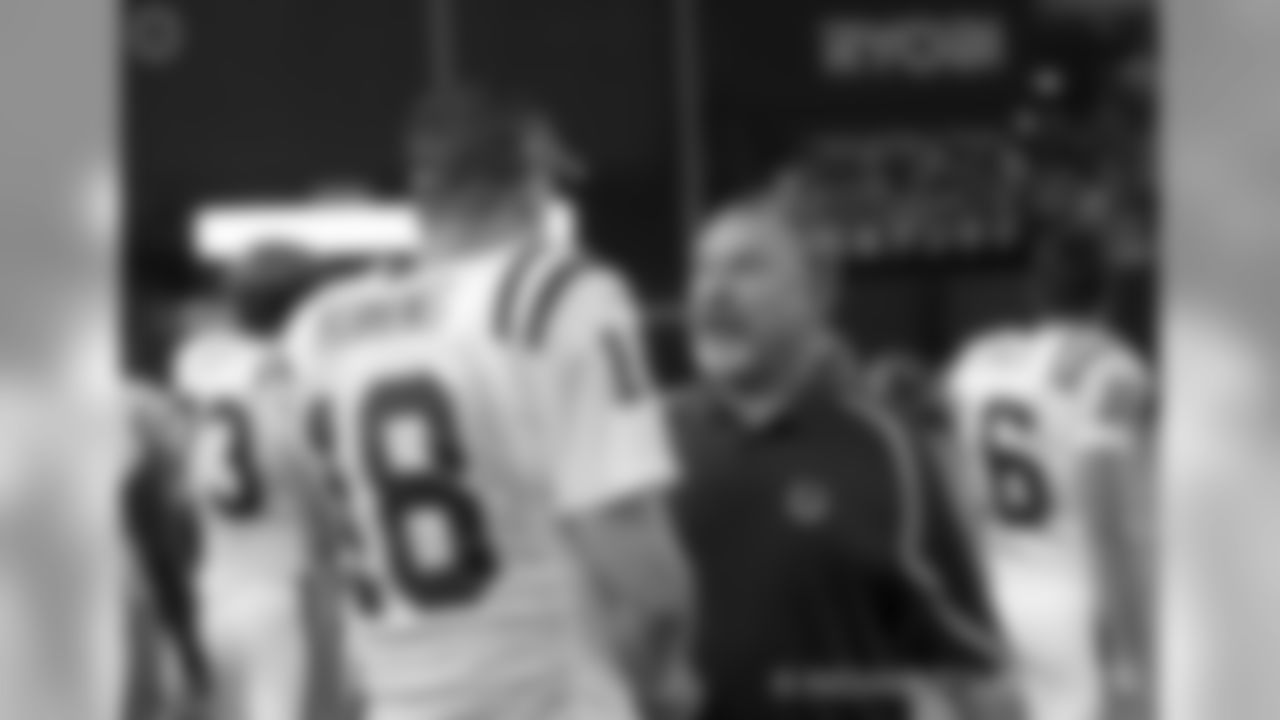
Howard Mudd has over 40 years of NFL experience as a coach and player and he re-joins Indianapolis after serving as the Colts offensive line coach for 12 seasons (1998-2009).
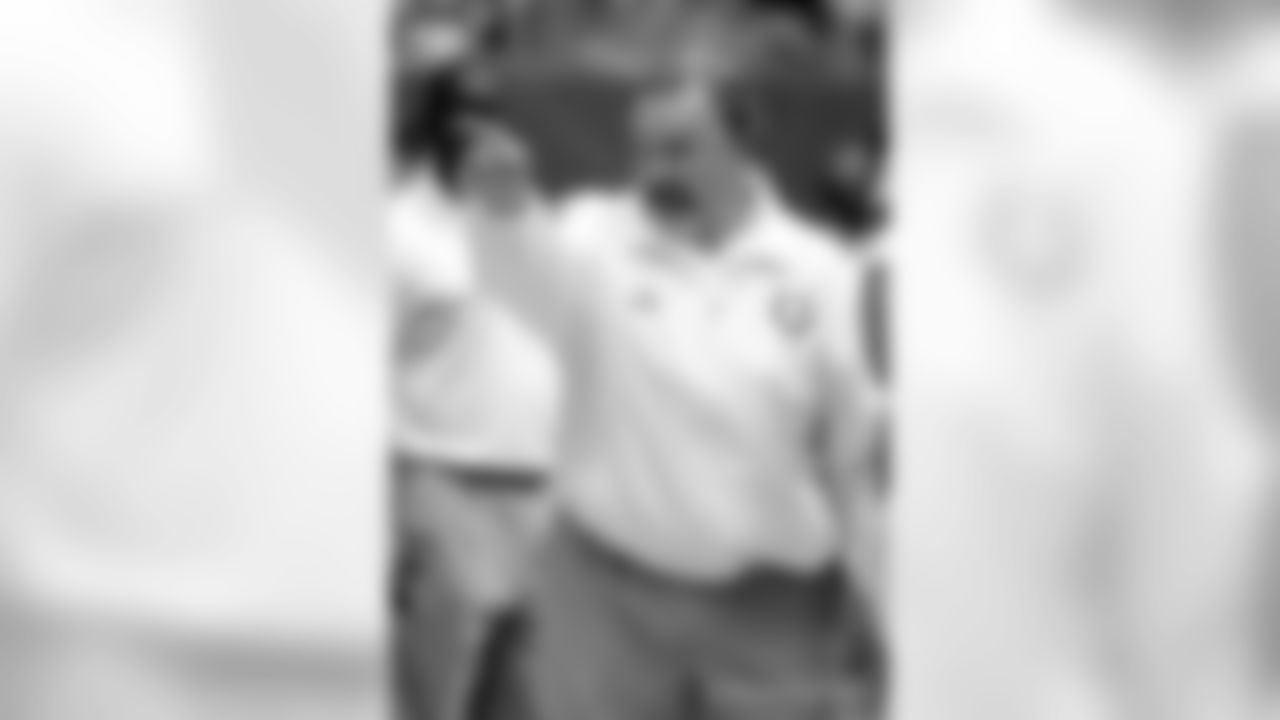
Howard Mudd has over 40 years of NFL experience as a coach and player and he re-joins Indianapolis after serving as the Colts offensive line coach for 12 seasons (1998-2009).
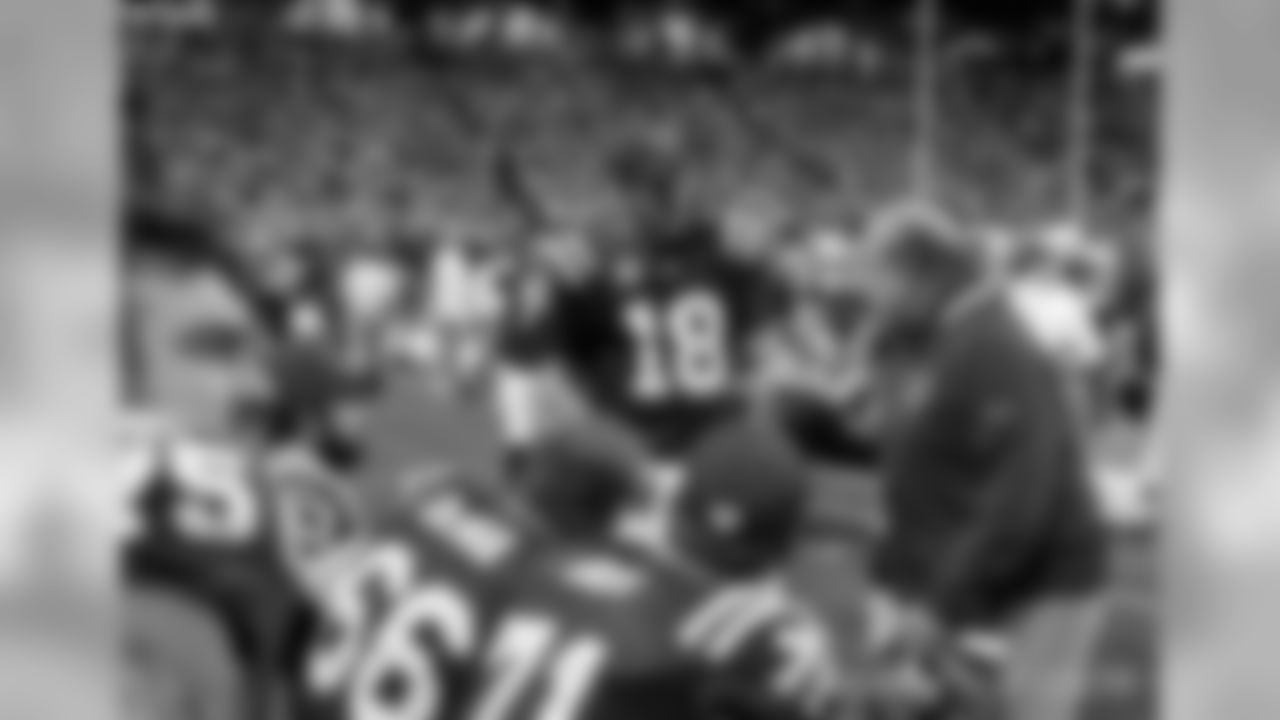
Howard Mudd has over 40 years of NFL experience as a coach and player and he re-joins Indianapolis after serving as the Colts offensive line coach for 12 seasons (1998-2009).
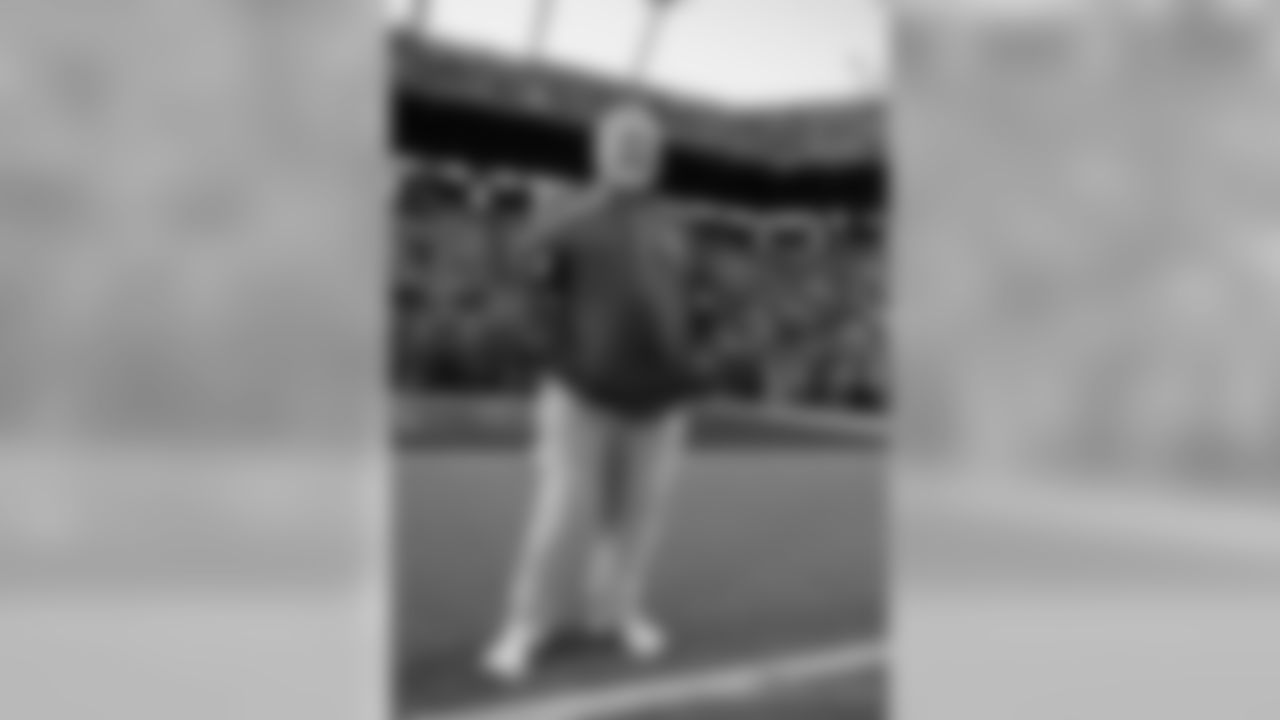
Howard Mudd has over 40 years of NFL experience as a coach and player and he re-joins Indianapolis after serving as the Colts offensive line coach for 12 seasons (1998-2009).

Howard Mudd has over 40 years of NFL experience as a coach and player and he re-joins Indianapolis after serving as the Colts offensive line coach for 12 seasons (1998-2009).
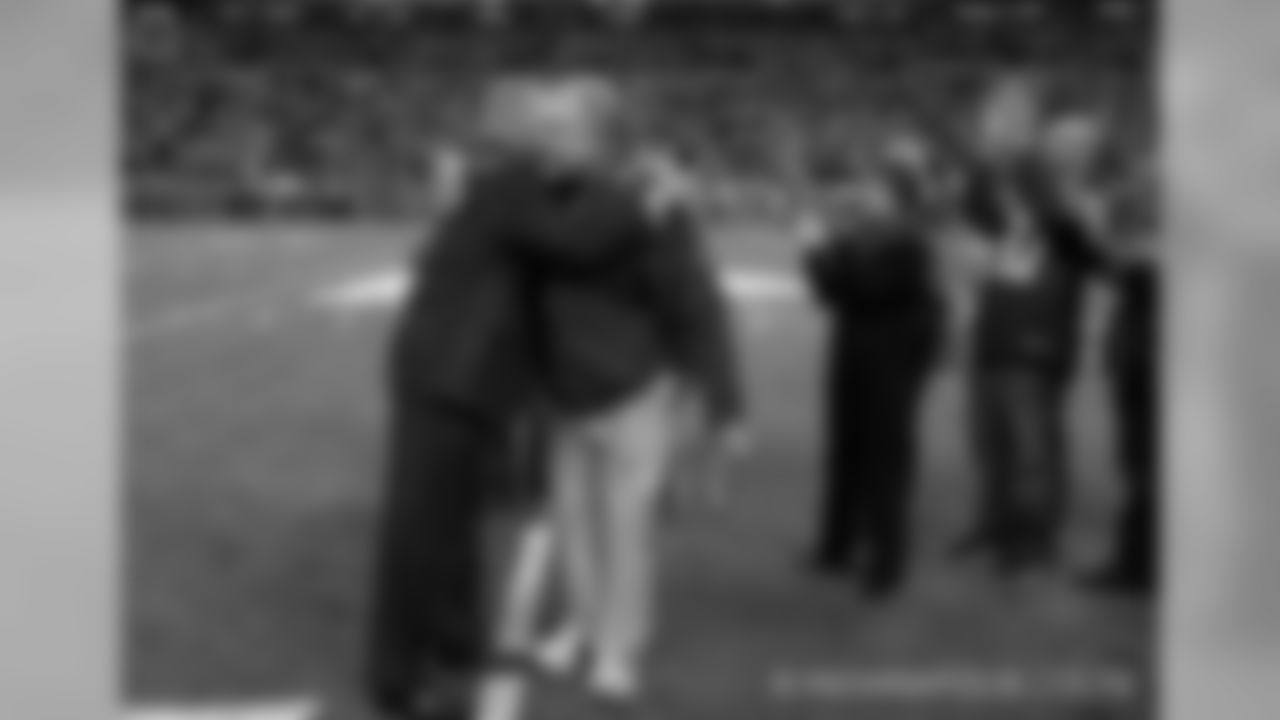
Howard Mudd has over 40 years of NFL experience as a coach and player and he re-joins Indianapolis after serving as the Colts offensive line coach for 12 seasons (1998-2009).
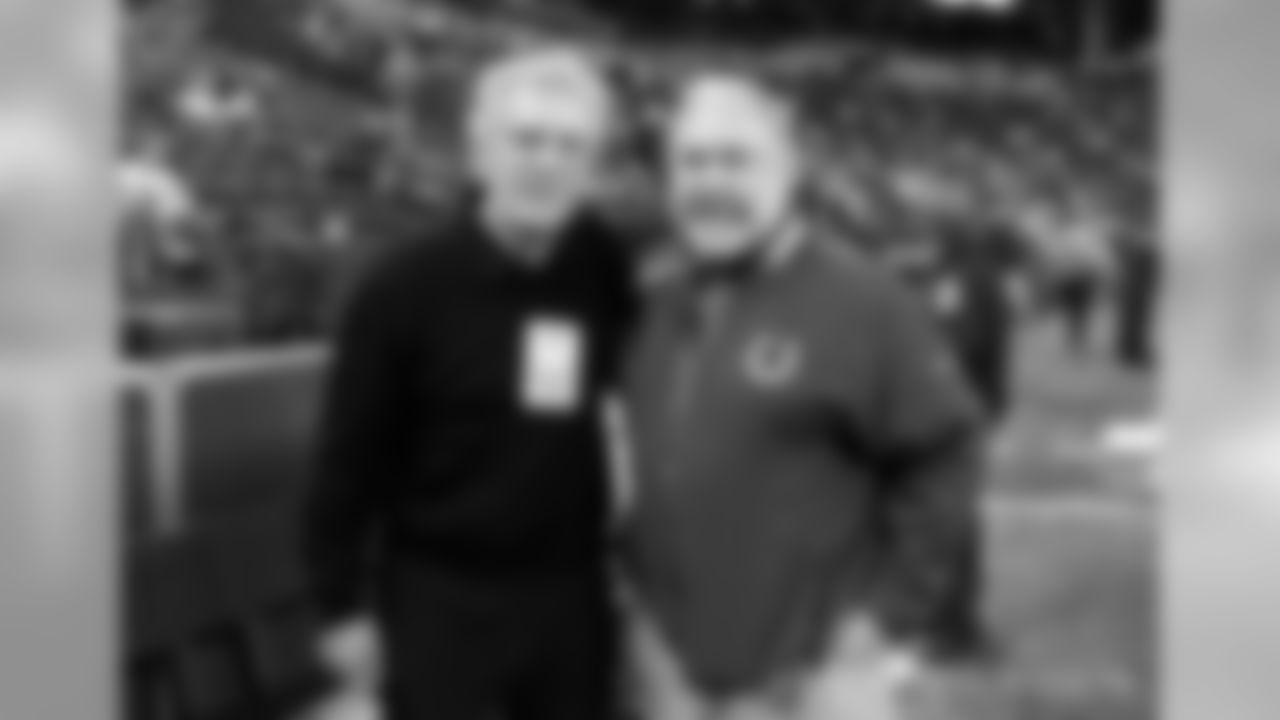
Howard Mudd has over 40 years of NFL experience as a coach and player and he re-joins Indianapolis after serving as the Colts offensive line coach for 12 seasons (1998-2009).
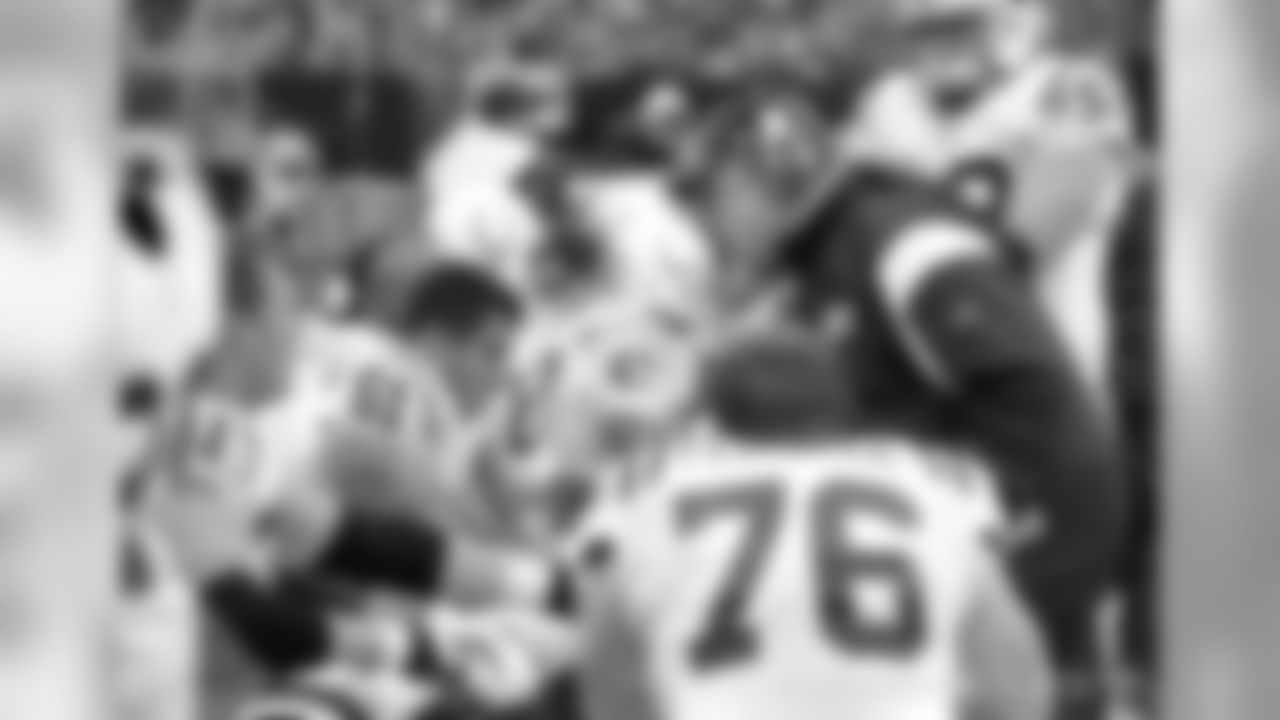
Howard Mudd has over 40 years of NFL experience as a coach and player and he re-joins Indianapolis after serving as the Colts offensive line coach for 12 seasons (1998-2009).
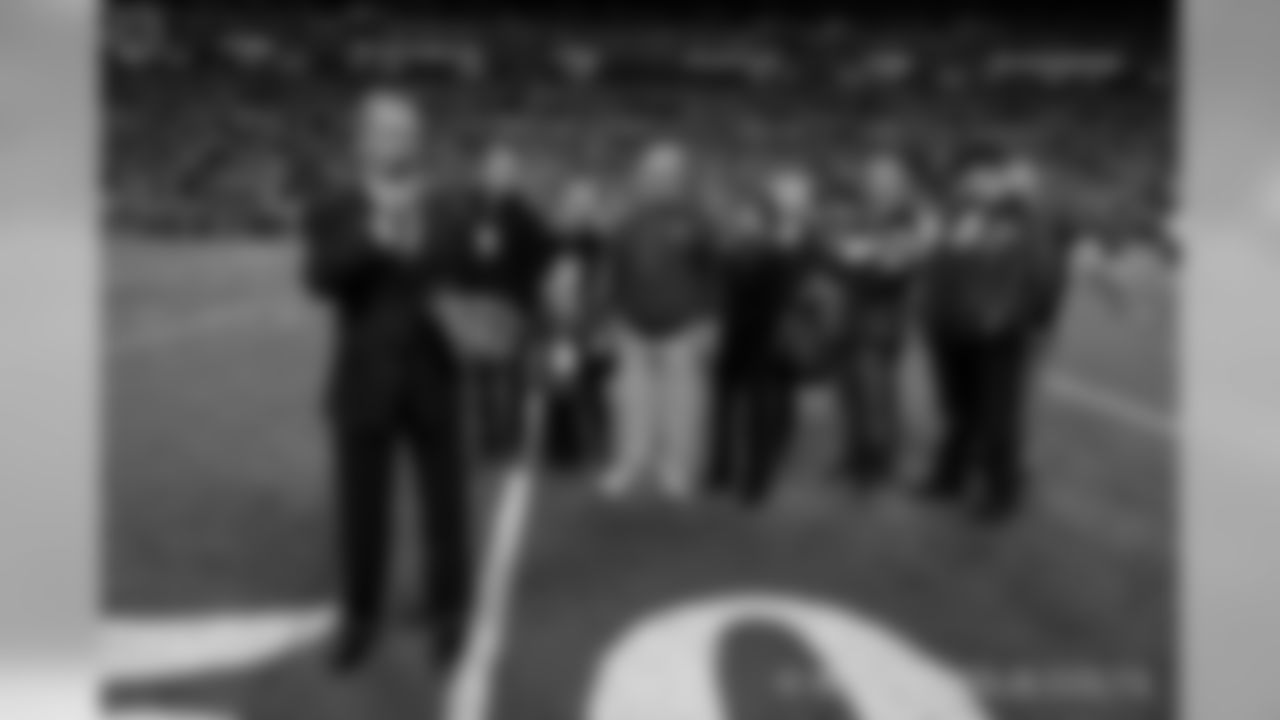
Howard Mudd has over 40 years of NFL experience as a coach and player and he re-joins Indianapolis after serving as the Colts offensive line coach for 12 seasons (1998-2009).
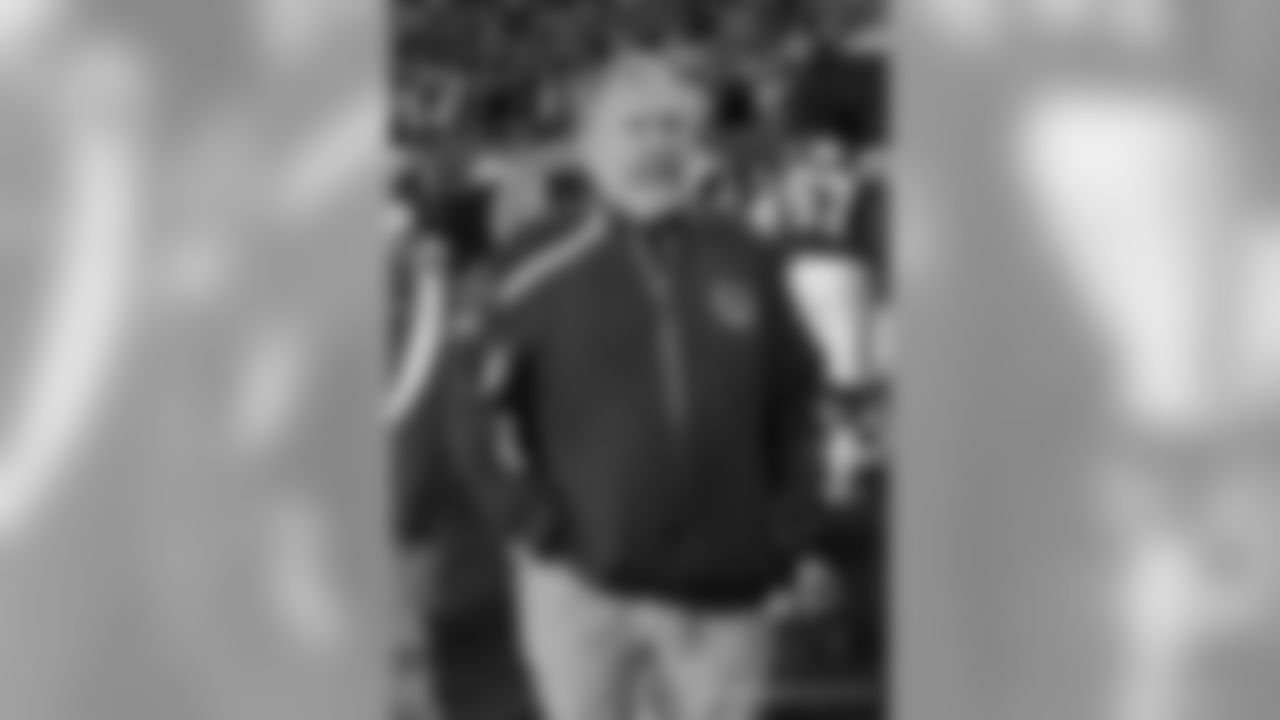
Howard Mudd has over 40 years of NFL experience as a coach and player and he re-joins Indianapolis after serving as the Colts offensive line coach for 12 seasons (1998-2009).

Howard Mudd has over 40 years of NFL experience as a coach and player and he re-joins Indianapolis after serving as the Colts offensive line coach for 12 seasons (1998-2009).

Howard Mudd has over 40 years of NFL experience as a coach and player and he re-joins Indianapolis after serving as the Colts offensive line coach for 12 seasons (1998-2009).
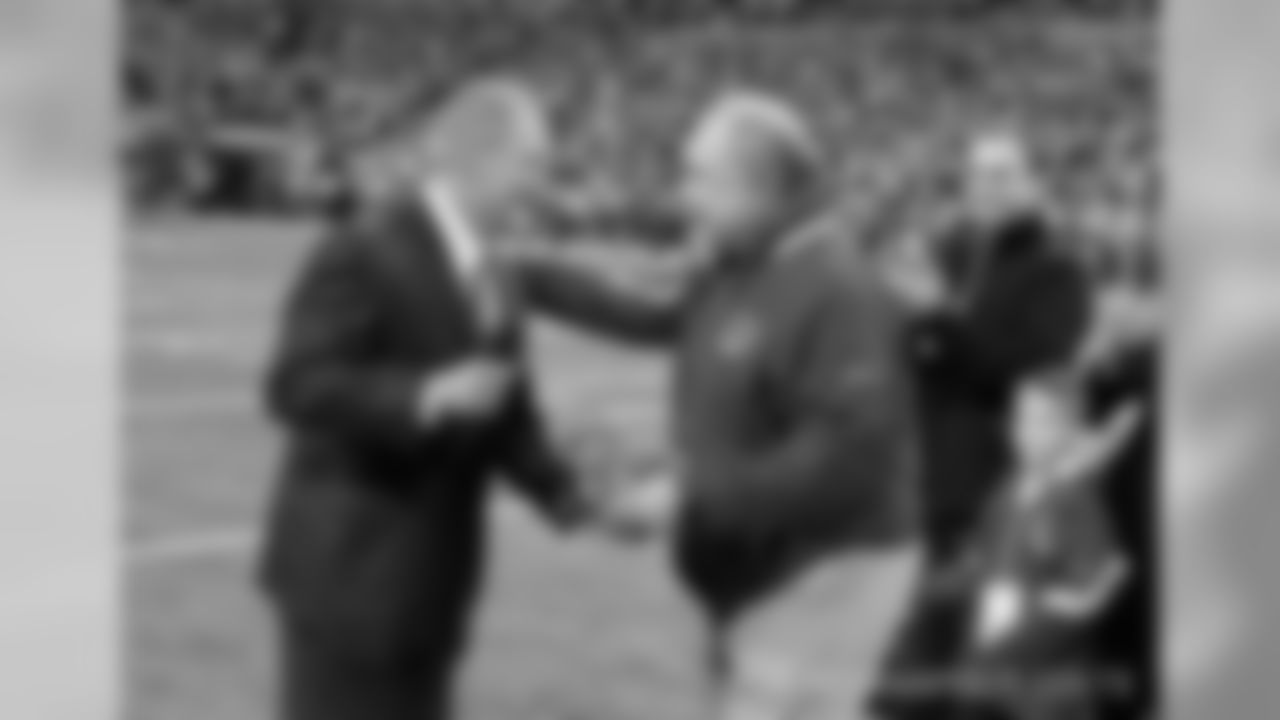
Howard Mudd has over 40 years of NFL experience as a coach and player and he re-joins Indianapolis after serving as the Colts offensive line coach for 12 seasons (1998-2009).

Howard Mudd has over 40 years of NFL experience as a coach and player and he re-joins Indianapolis after serving as the Colts offensive line coach for 12 seasons (1998-2009).
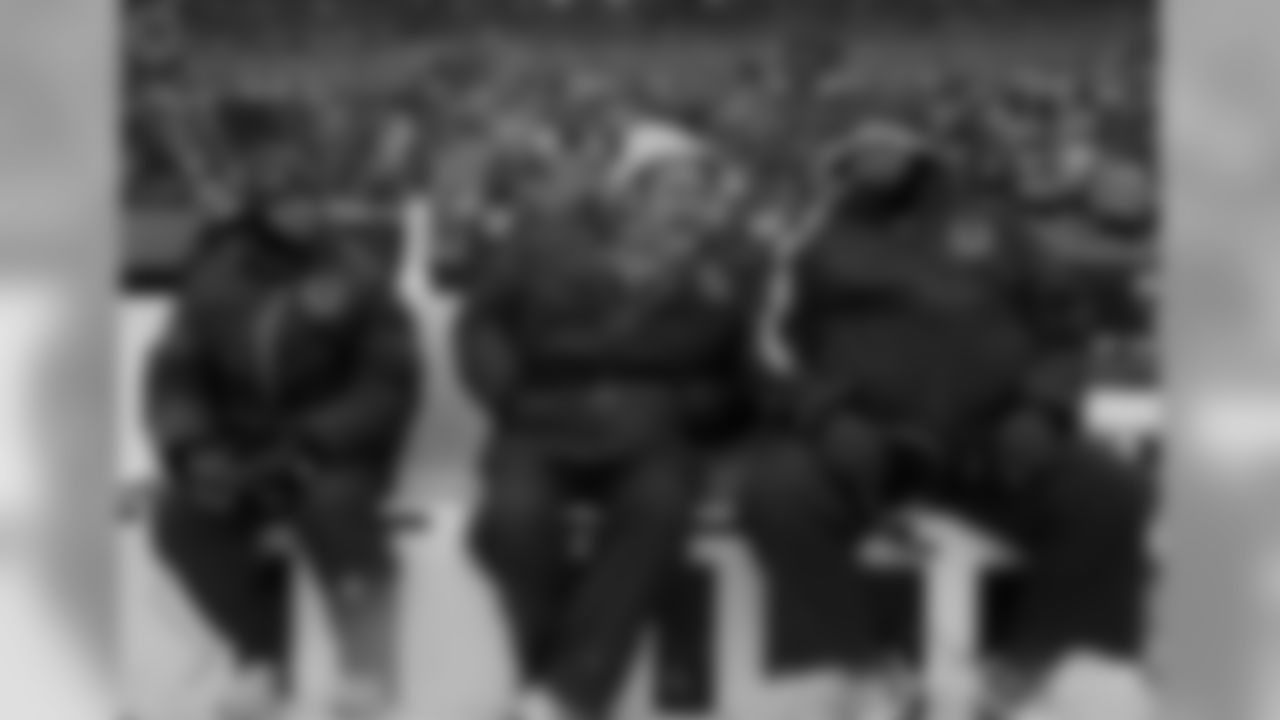
Howard Mudd has over 40 years of NFL experience as a coach and player and he re-joins Indianapolis after serving as the Colts offensive line coach for 12 seasons (1998-2009).
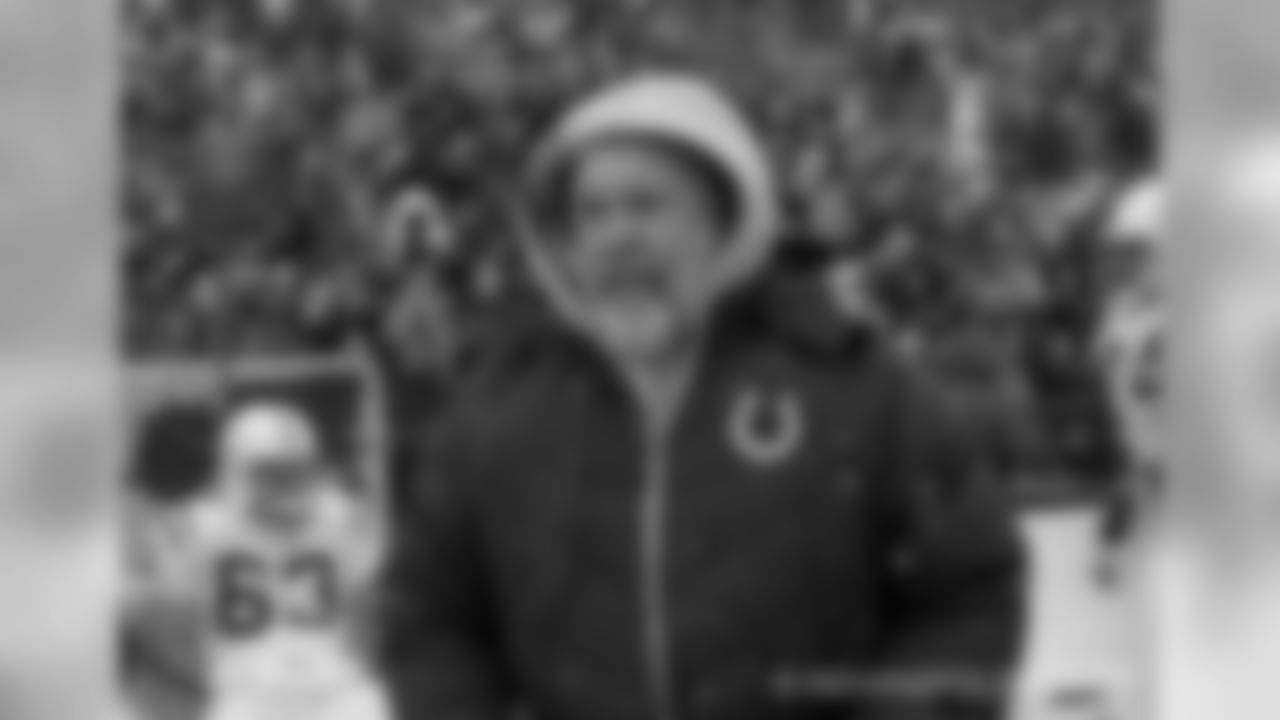
Howard Mudd has over 40 years of NFL experience as a coach and player and he re-joins Indianapolis after serving as the Colts offensive line coach for 12 seasons (1998-2009).

Howard Mudd has over 40 years of NFL experience as a coach and player and he re-joins Indianapolis after serving as the Colts offensive line coach for 12 seasons (1998-2009).
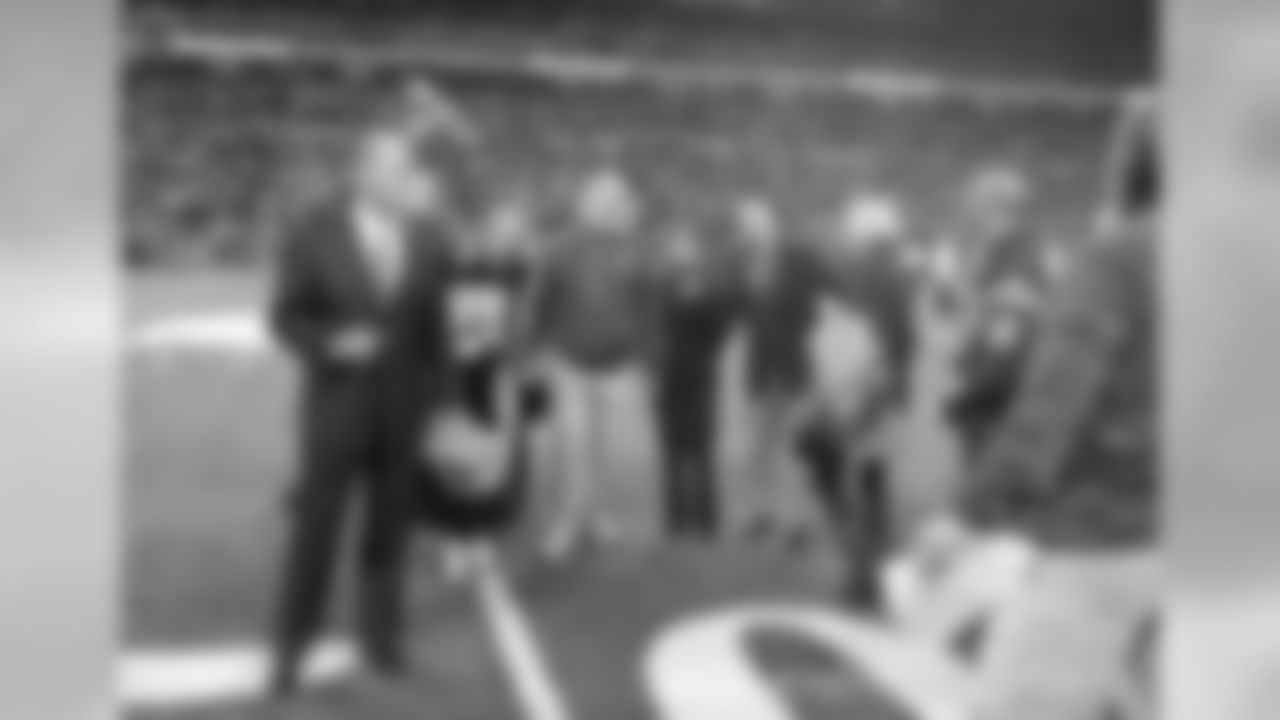
Howard Mudd has over 40 years of NFL experience as a coach and player and he re-joins Indianapolis after serving as the Colts offensive line coach for 12 seasons (1998-2009).
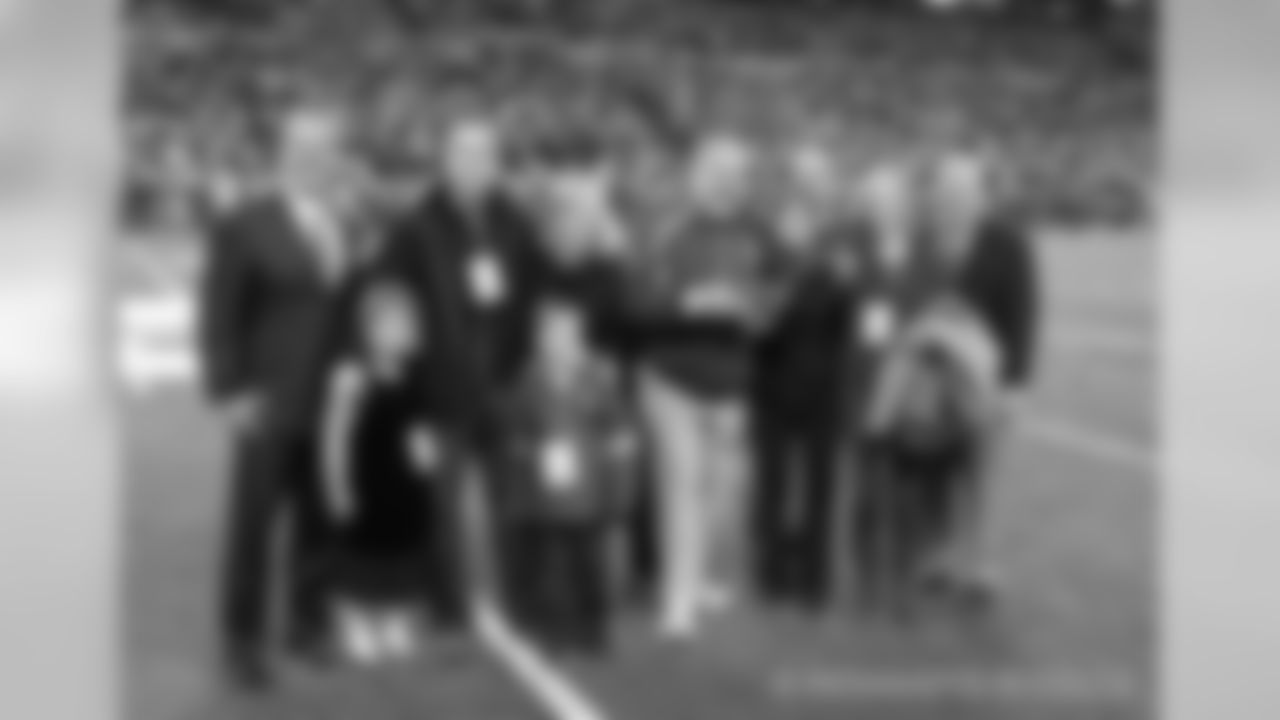
Howard Mudd has over 40 years of NFL experience as a coach and player and he re-joins Indianapolis after serving as the Colts offensive line coach for 12 seasons (1998-2009).
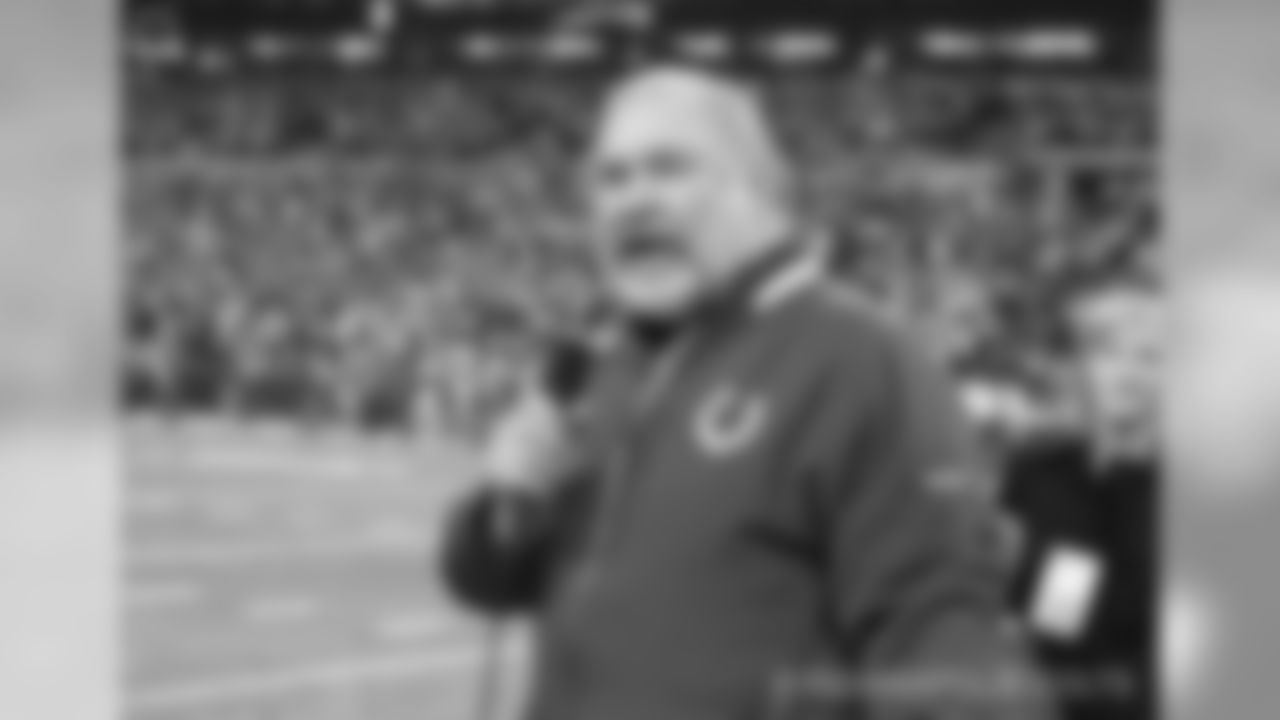
Howard Mudd has over 40 years of NFL experience as a coach and player and he re-joins Indianapolis after serving as the Colts offensive line coach for 12 seasons (1998-2009).
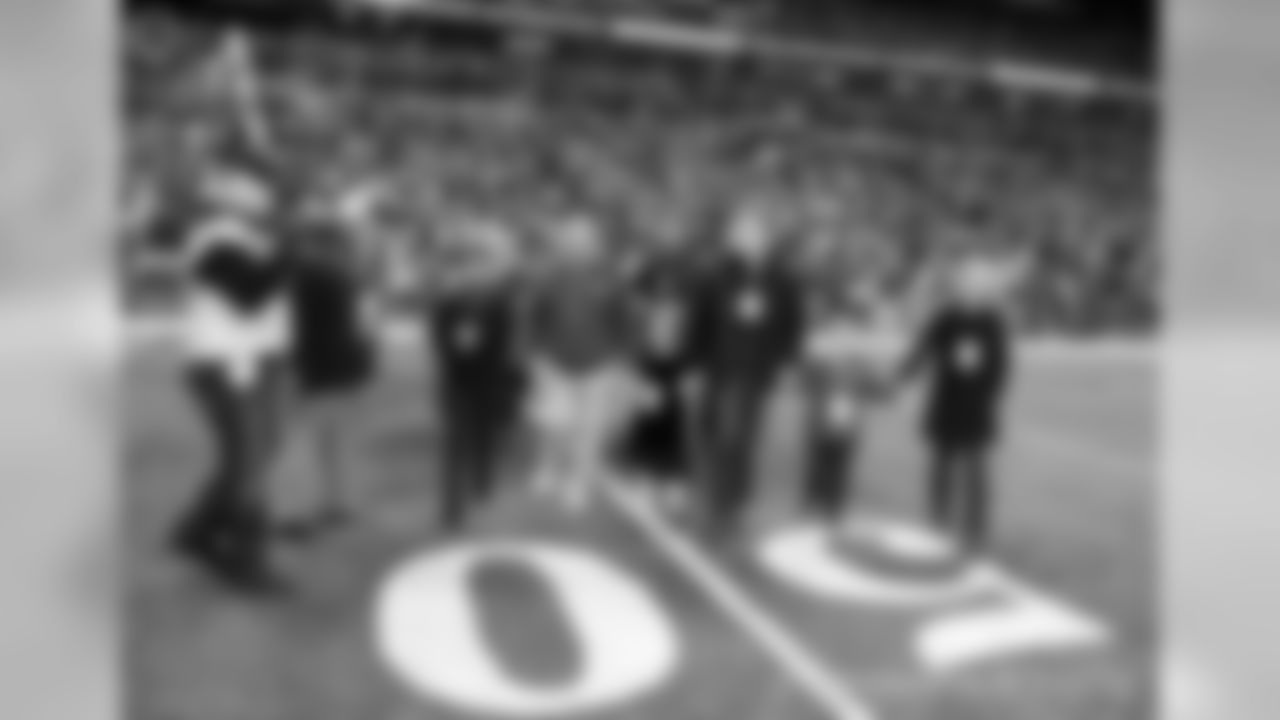
Howard Mudd has over 40 years of NFL experience as a coach and player and he re-joins Indianapolis after serving as the Colts offensive line coach for 12 seasons (1998-2009).
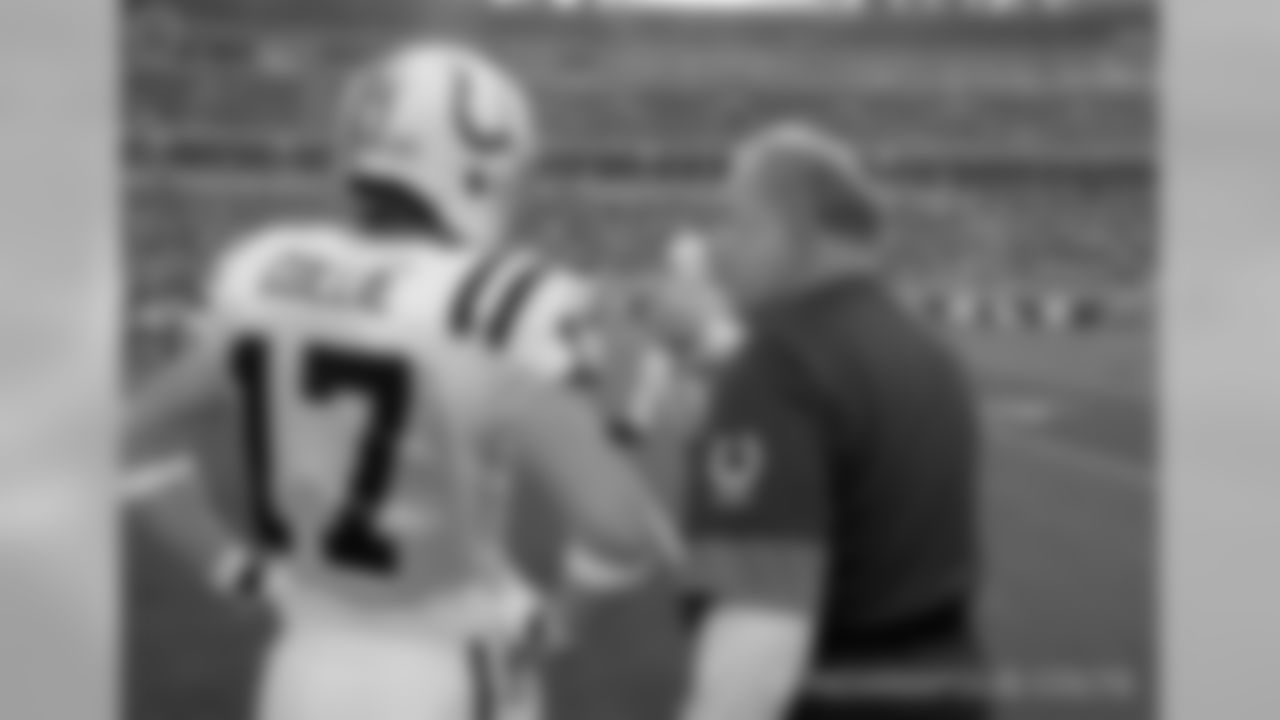
Howard Mudd has over 40 years of NFL experience as a coach and player and he re-joins Indianapolis after serving as the Colts offensive line coach for 12 seasons (1998-2009).
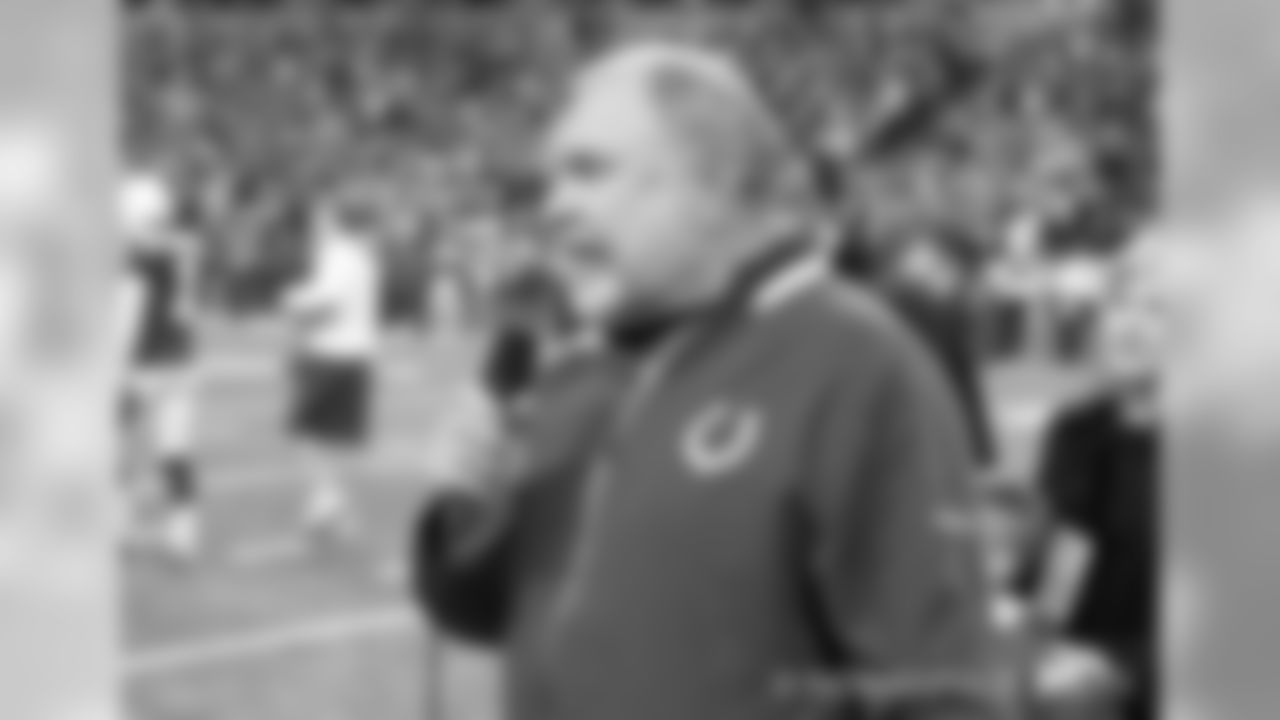
Howard Mudd has over 40 years of NFL experience as a coach and player and he re-joins Indianapolis after serving as the Colts offensive line coach for 12 seasons (1998-2009).
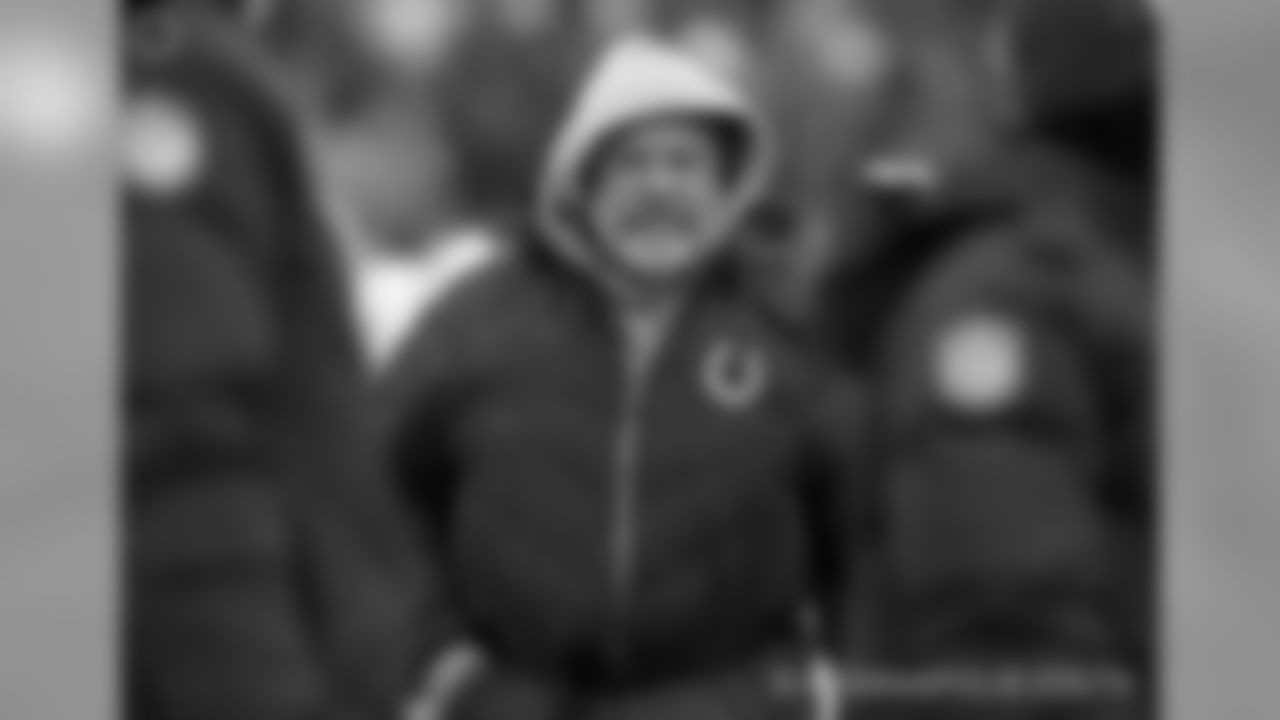
Howard Mudd has over 40 years of NFL experience as a coach and player and he re-joins Indianapolis after serving as the Colts offensive line coach for 12 seasons (1998-2009).
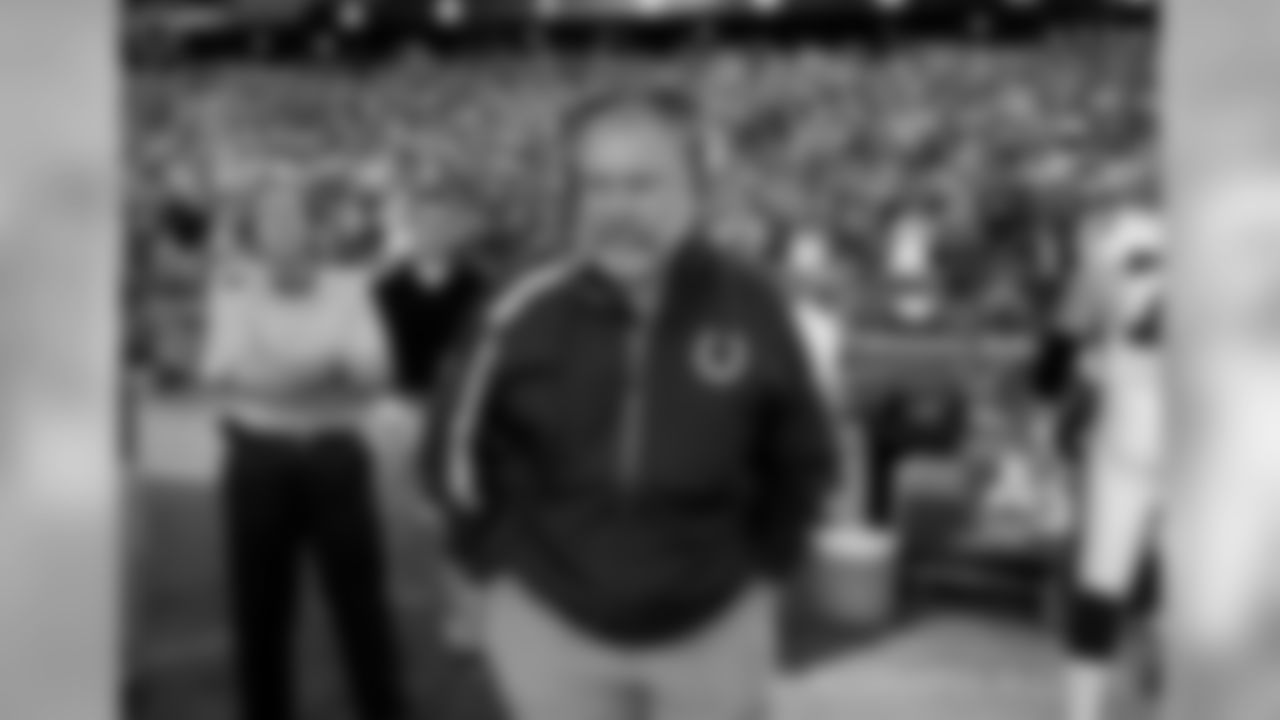
Howard Mudd has over 40 years of NFL experience as a coach and player and he re-joins Indianapolis after serving as the Colts offensive line coach for 12 seasons (1998-2009).
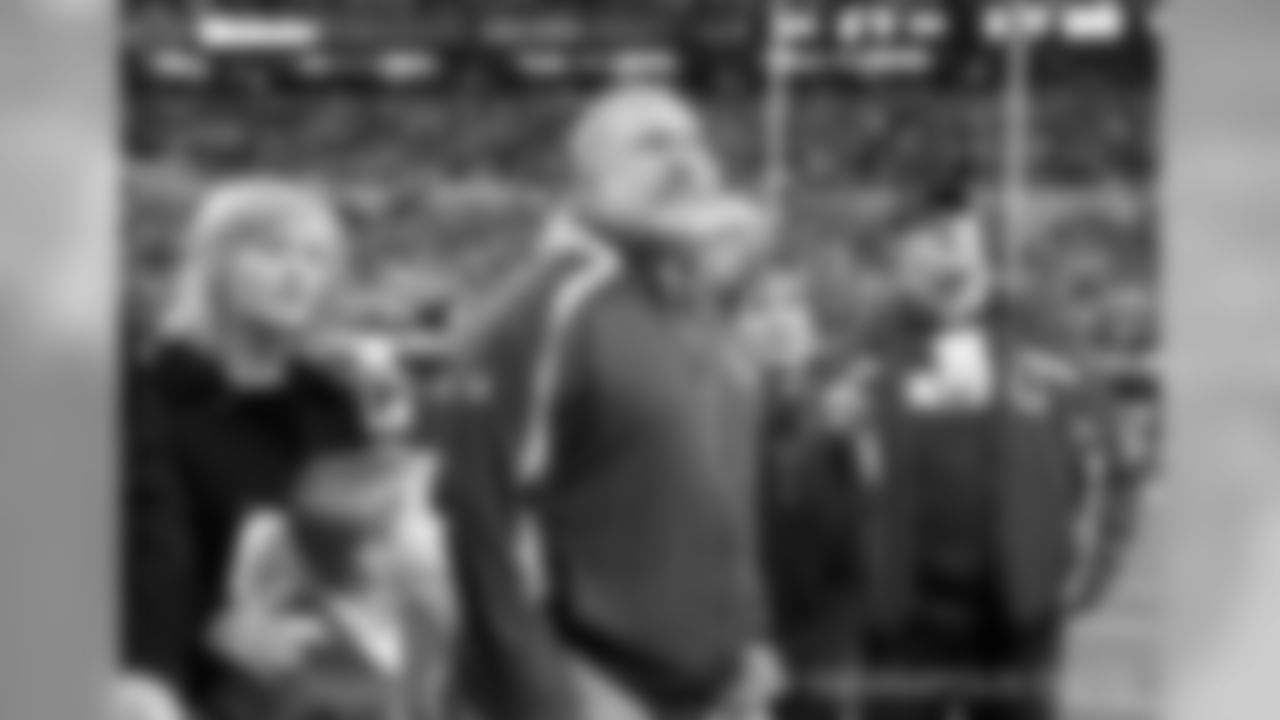
Howard Mudd has over 40 years of NFL experience as a coach and player and he re-joins Indianapolis after serving as the Colts offensive line coach for 12 seasons (1998-2009).
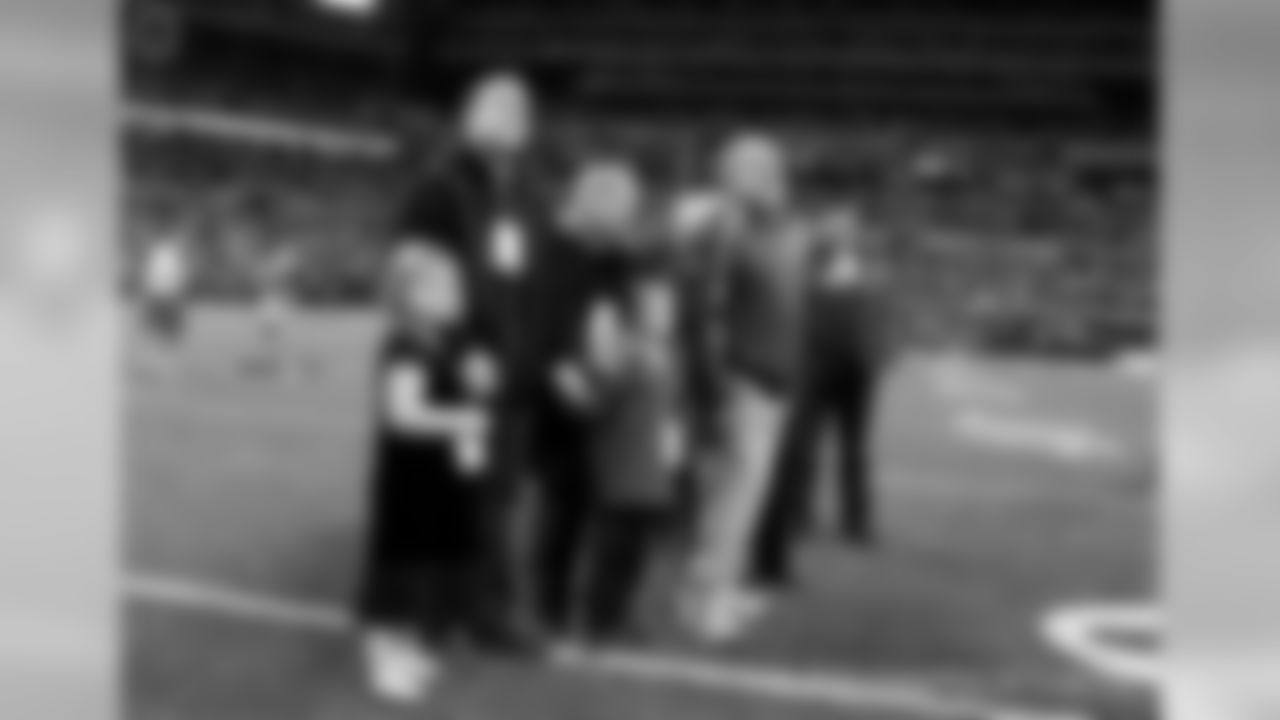
Howard Mudd has over 40 years of NFL experience as a coach and player and he re-joins Indianapolis after serving as the Colts offensive line coach for 12 seasons (1998-2009).
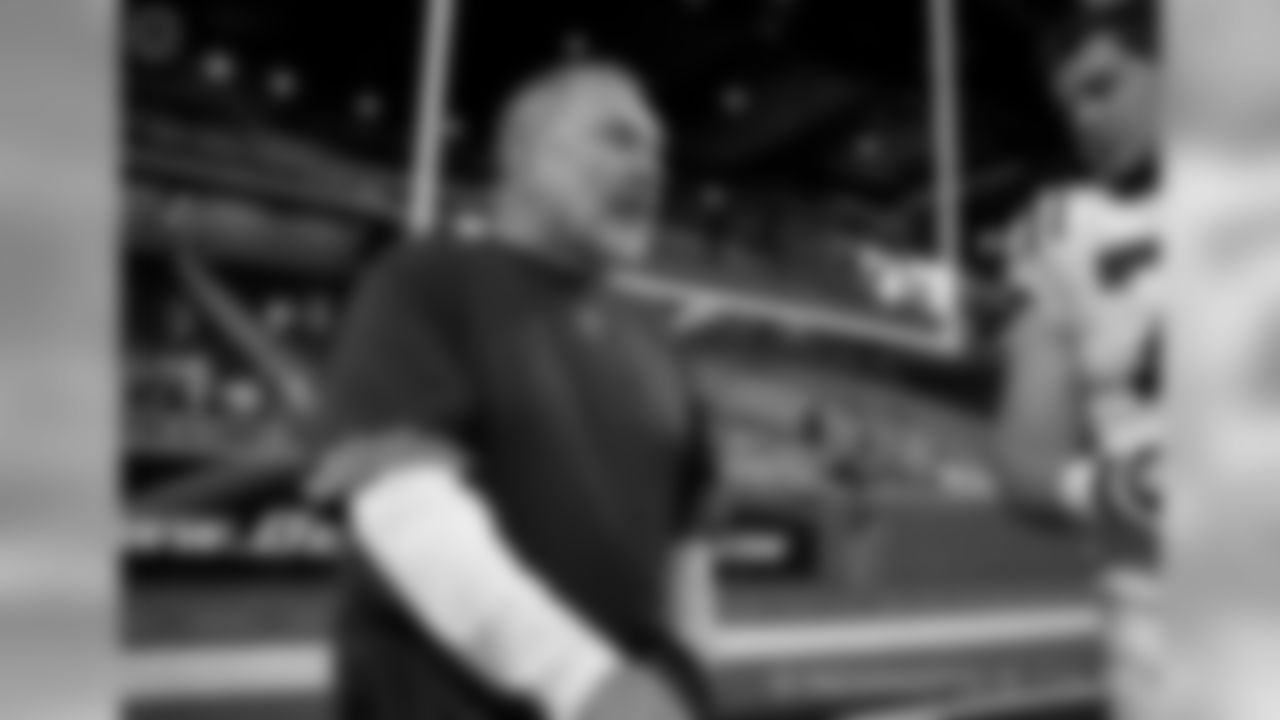
Howard Mudd has over 40 years of NFL experience as a coach and player and he re-joins Indianapolis after serving as the Colts offensive line coach for 12 seasons (1998-2009).

Howard Mudd has over 40 years of NFL experience as a coach and player and he re-joins Indianapolis after serving as the Colts offensive line coach for 12 seasons (1998-2009).

Howard Mudd has over 40 years of NFL experience as a coach and player and he re-joins Indianapolis after serving as the Colts offensive line coach for 12 seasons (1998-2009).
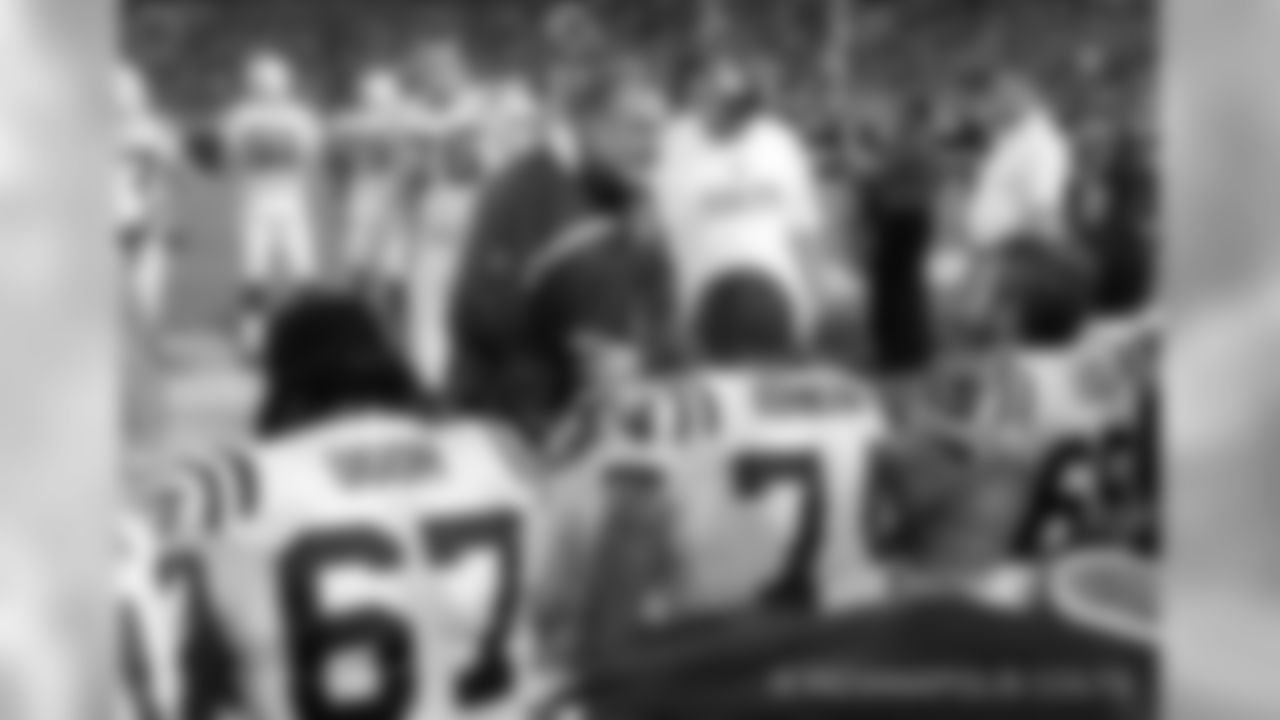
Howard Mudd has over 40 years of NFL experience as a coach and player and he re-joins Indianapolis after serving as the Colts offensive line coach for 12 seasons (1998-2009).

Howard Mudd has over 40 years of NFL experience as a coach and player and he re-joins Indianapolis after serving as the Colts offensive line coach for 12 seasons (1998-2009).
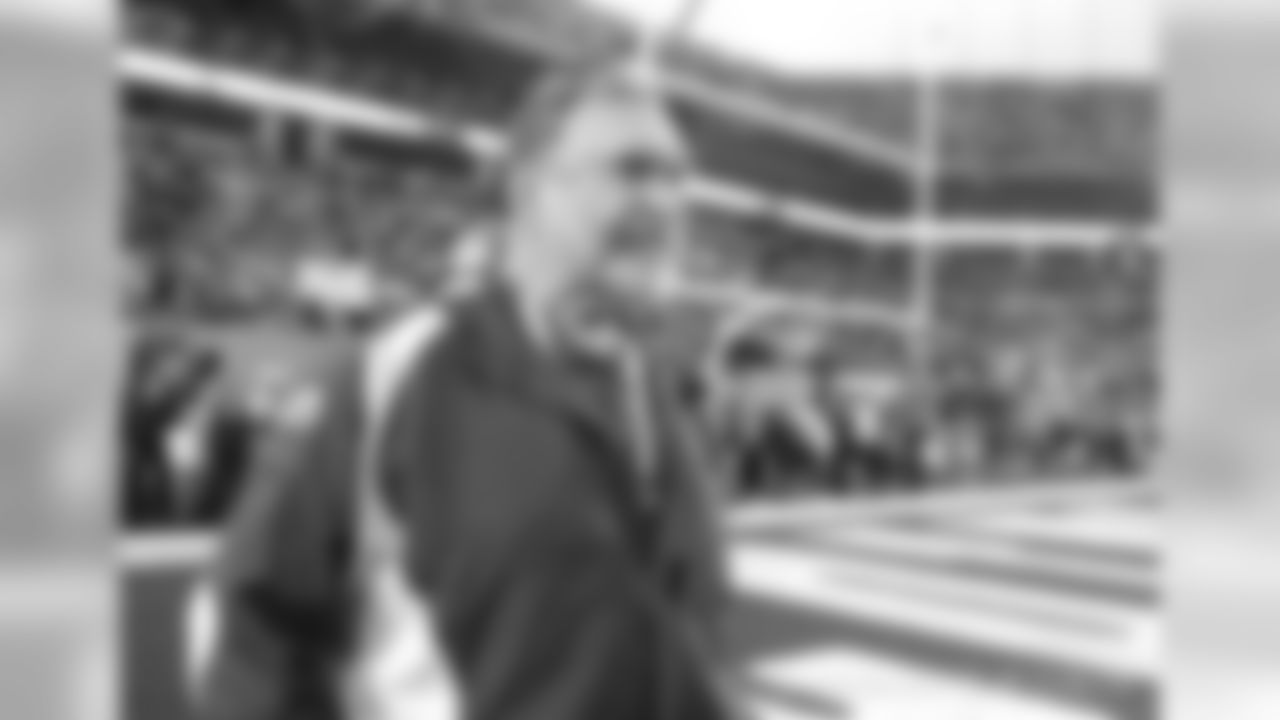
Howard Mudd has over 40 years of NFL experience as a coach and player and he re-joins Indianapolis after serving as the Colts offensive line coach for 12 seasons (1998-2009).
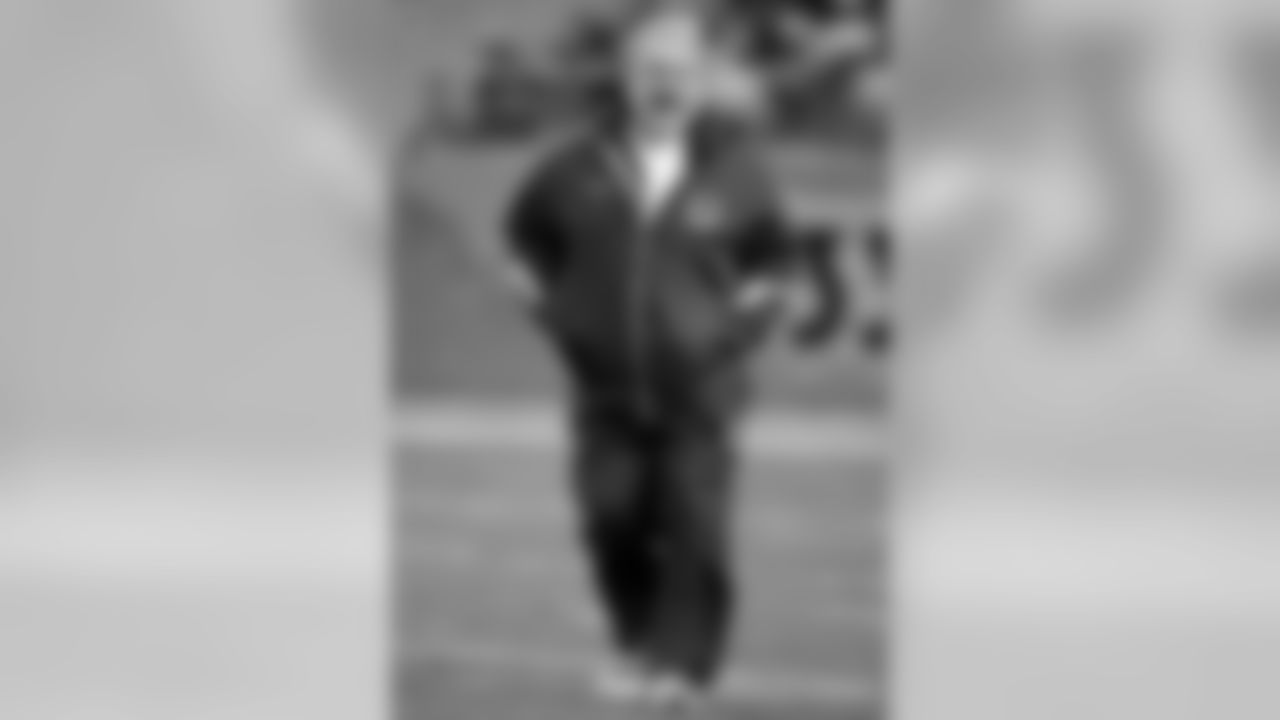
Howard Mudd has over 40 years of NFL experience as a coach and player and he re-joins Indianapolis after serving as the Colts offensive line coach for 12 seasons (1998-2009).
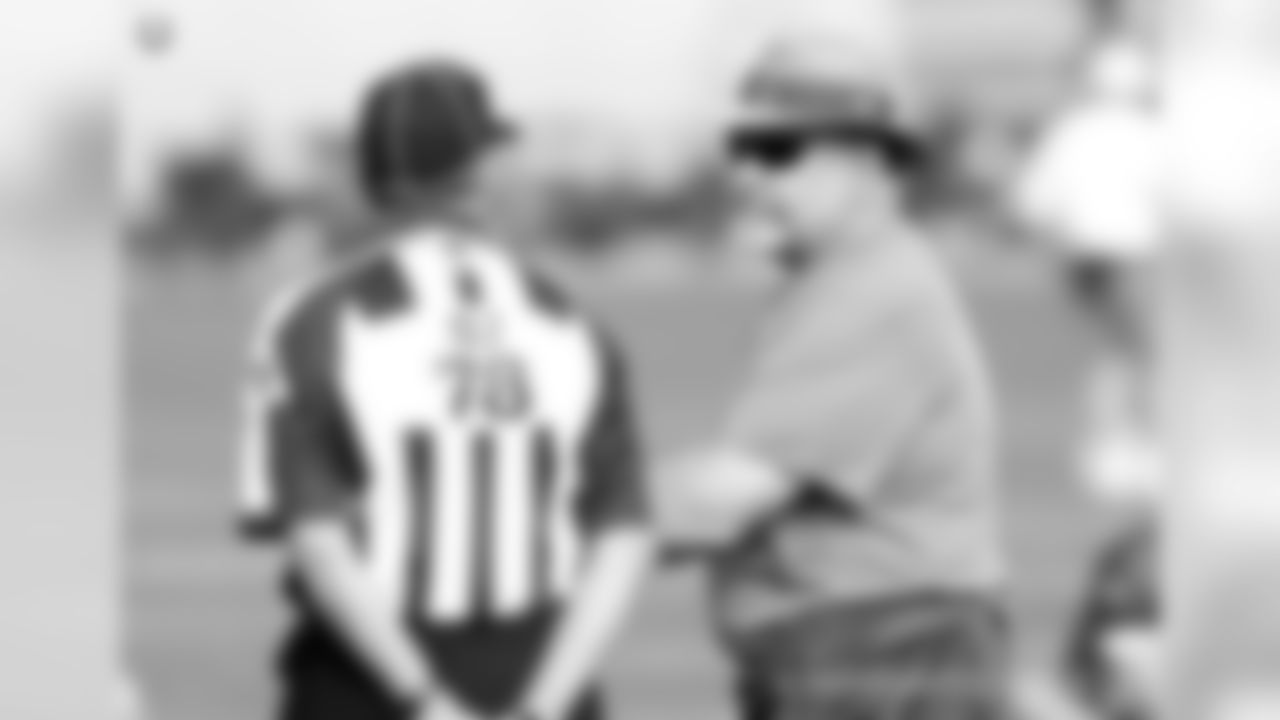
Howard Mudd has over 40 years of NFL experience as a coach and player and he re-joins Indianapolis after serving as the Colts offensive line coach for 12 seasons (1998-2009).
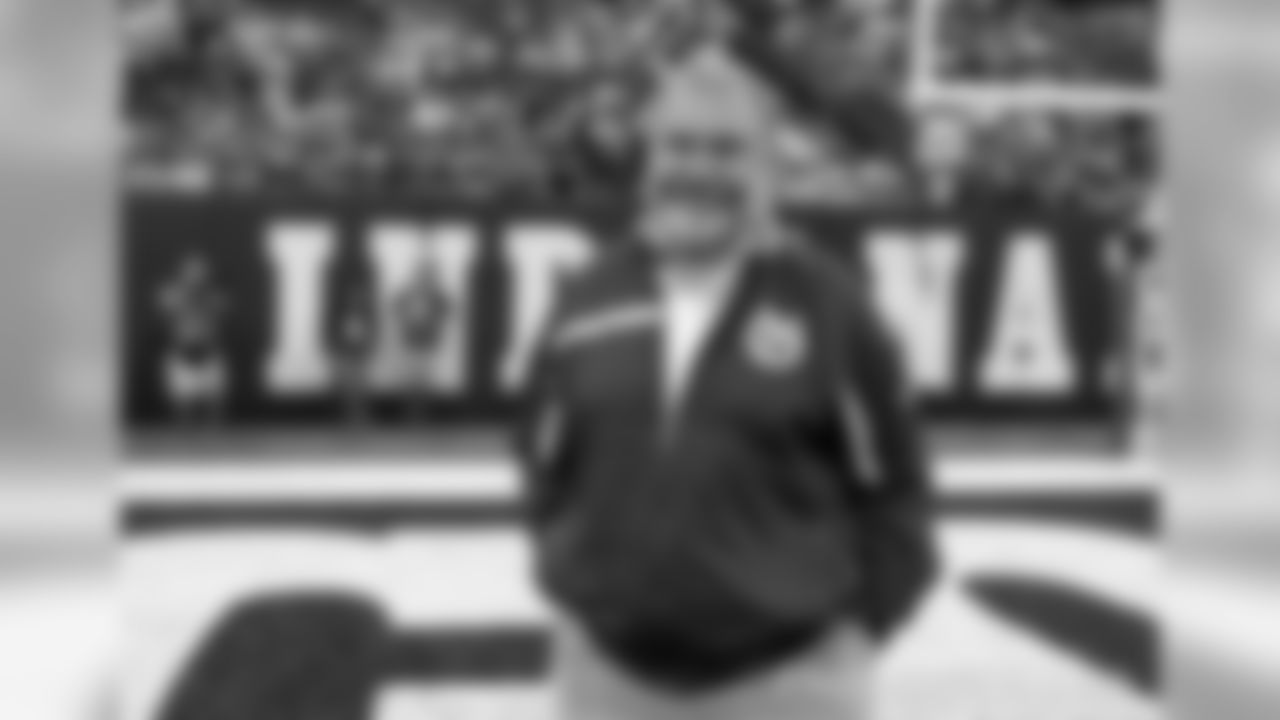
Howard Mudd has over 40 years of NFL experience as a coach and player and he re-joins Indianapolis after serving as the Colts offensive line coach for 12 seasons (1998-2009).
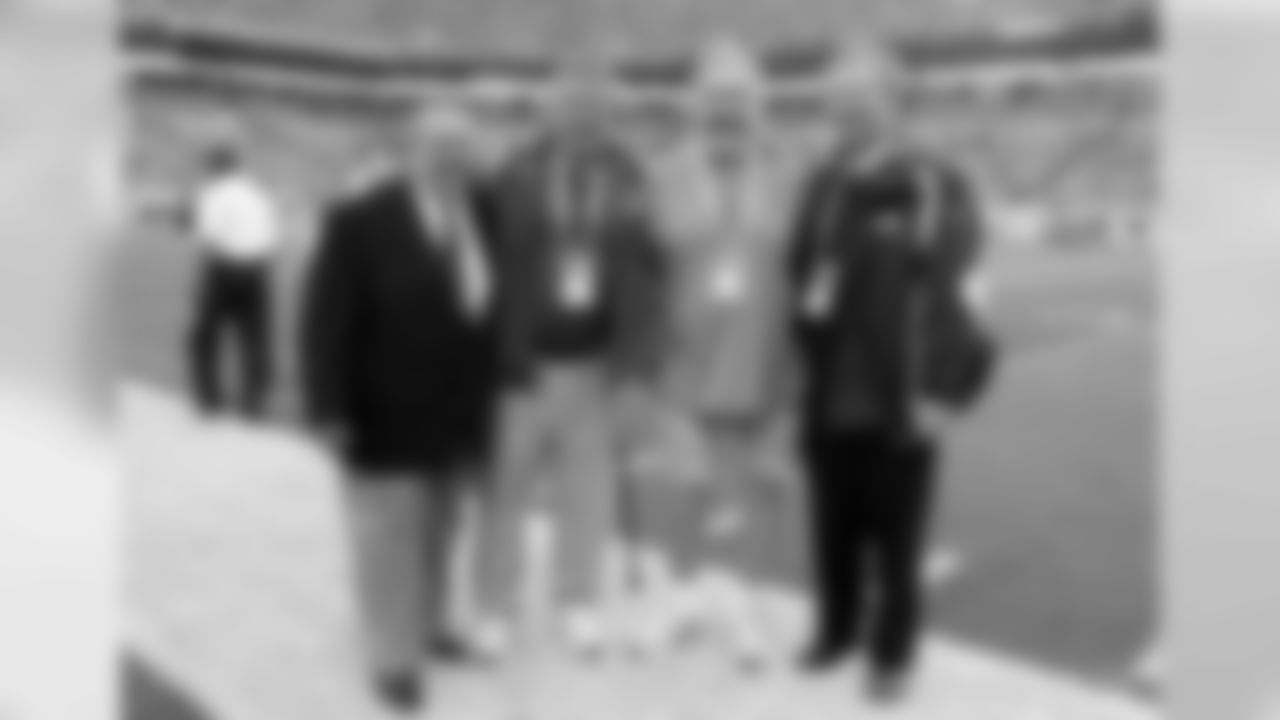
Howard Mudd has over 40 years of NFL experience as a coach and player and he re-joins Indianapolis after serving as the Colts offensive line coach for 12 seasons (1998-2009).
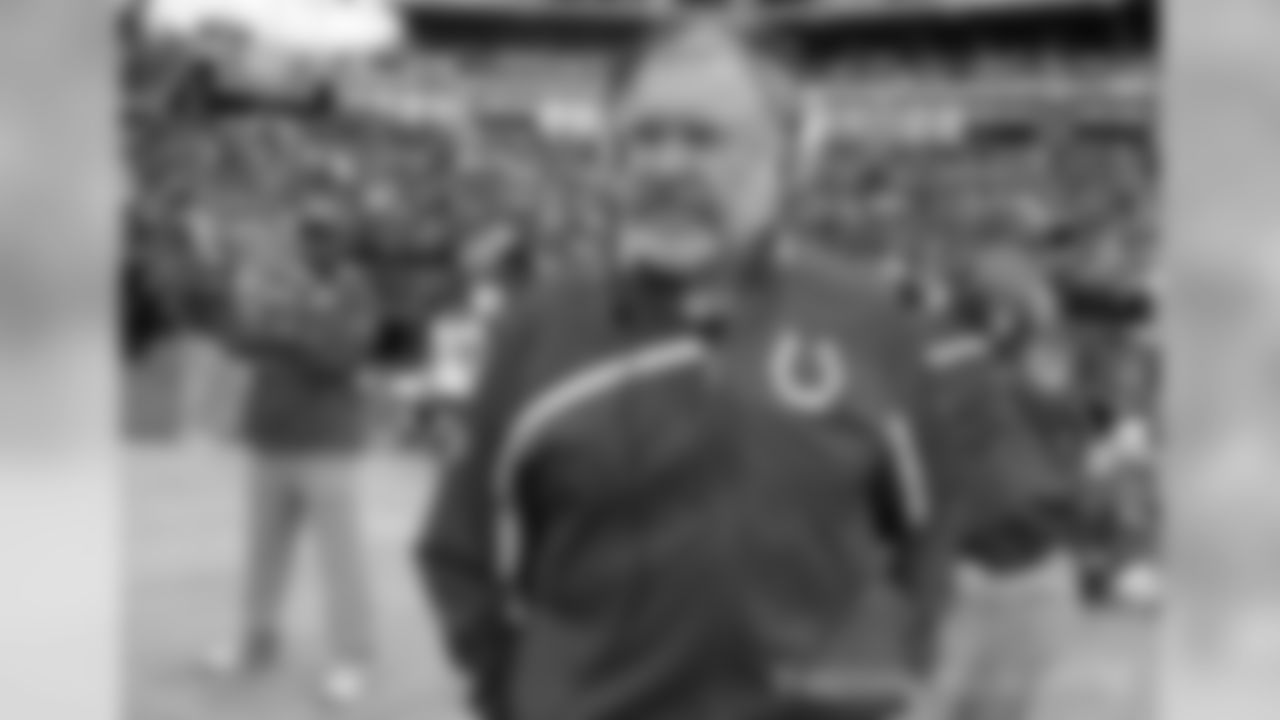
Howard Mudd has over 40 years of NFL experience as a coach and player and he re-joins Indianapolis after serving as the Colts offensive line coach for 12 seasons (1998-2009).
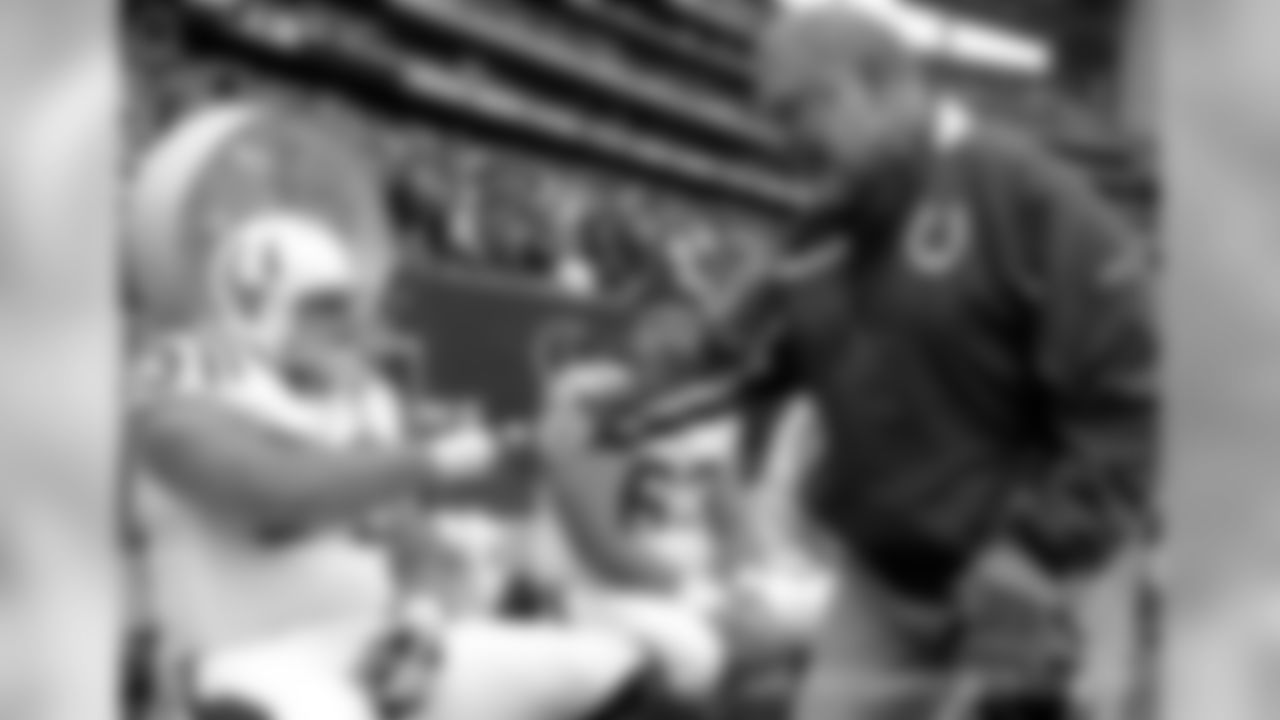
Howard Mudd has over 40 years of NFL experience as a coach and player and he re-joins Indianapolis after serving as the Colts offensive line coach for 12 seasons (1998-2009).
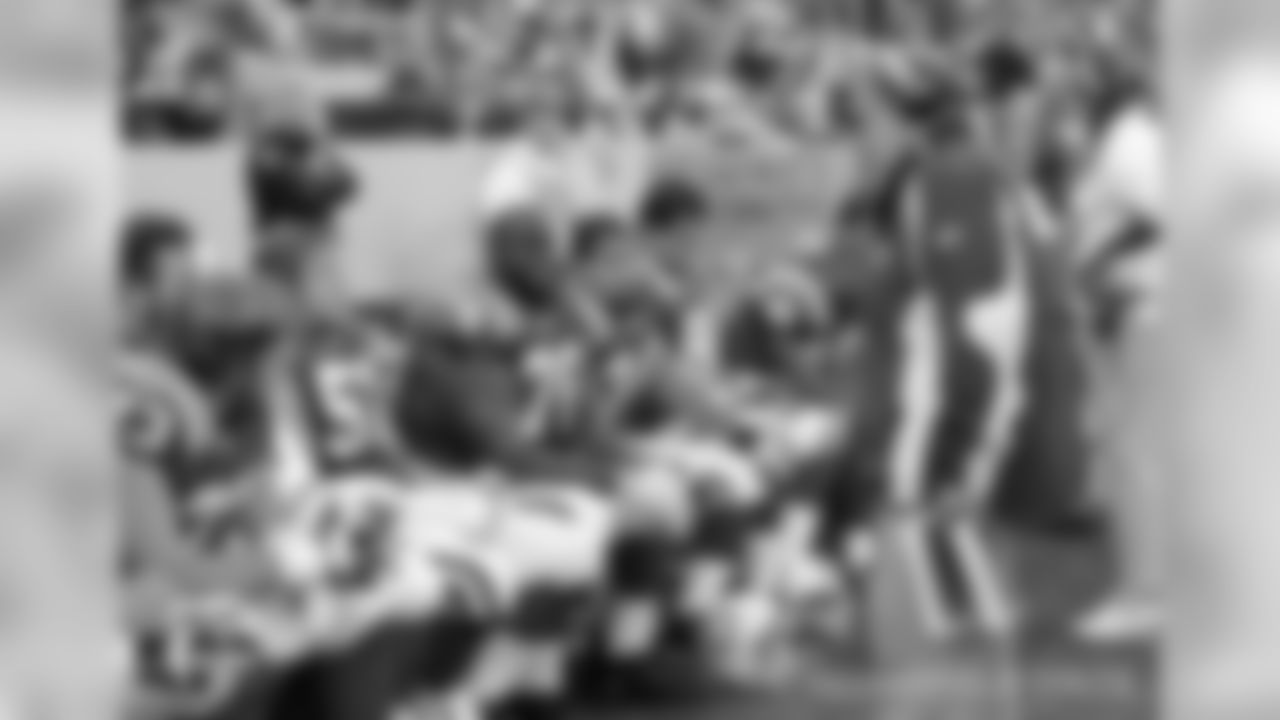
Howard Mudd has over 40 years of NFL experience as a coach and player and he re-joins Indianapolis after serving as the Colts offensive line coach for 12 seasons (1998-2009).
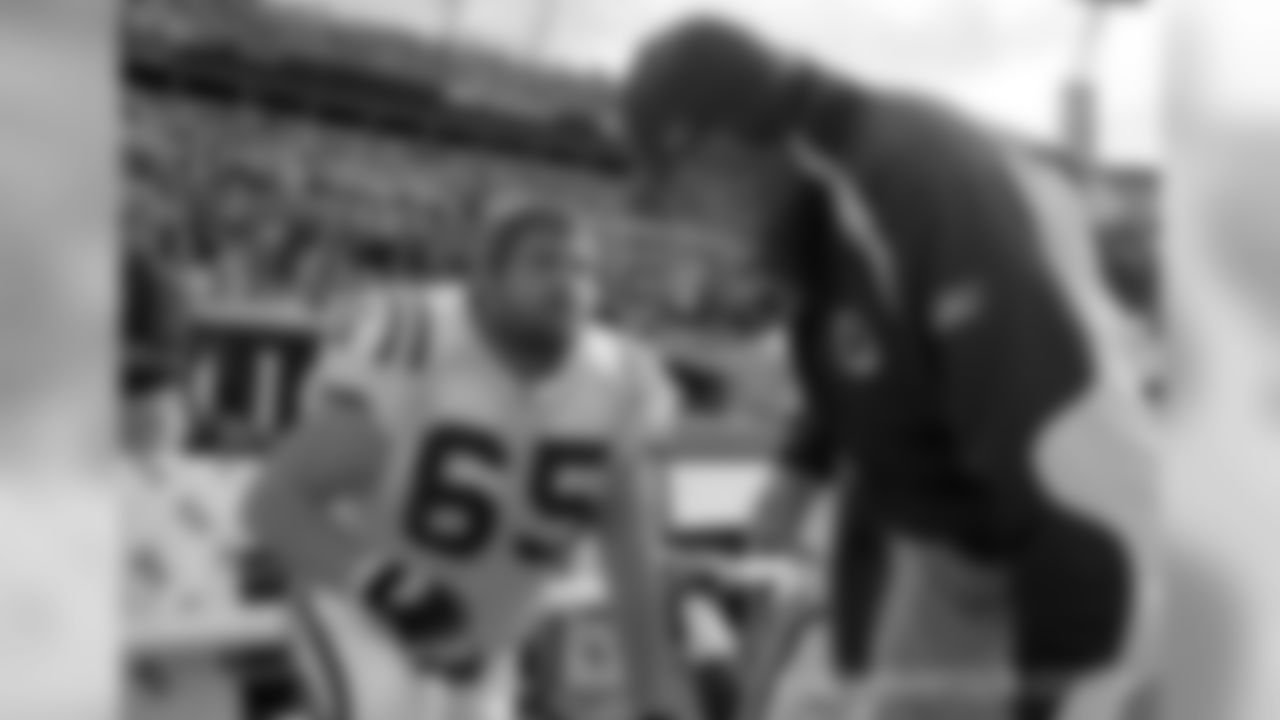
Howard Mudd has over 40 years of NFL experience as a coach and player and he re-joins Indianapolis after serving as the Colts offensive line coach for 12 seasons (1998-2009).
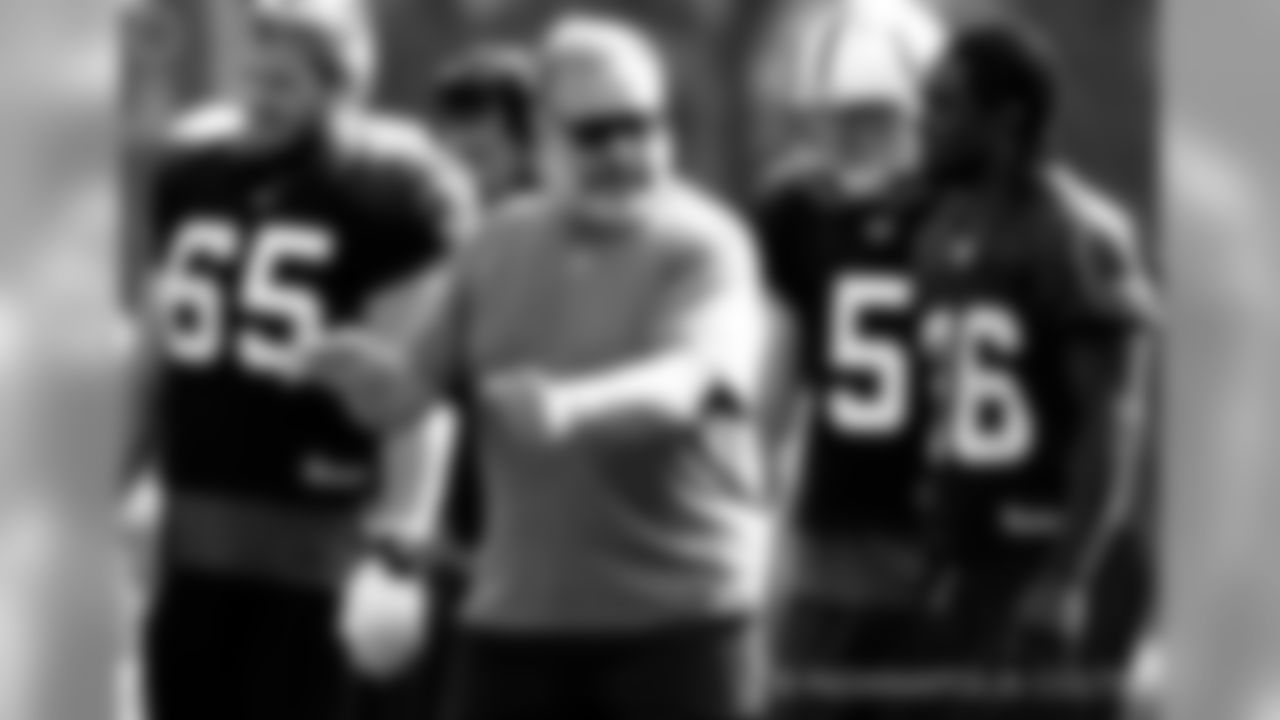
Howard Mudd has over 40 years of NFL experience as a coach and player and he re-joins Indianapolis after serving as the Colts offensive line coach for 12 seasons (1998-2009).

Howard Mudd has over 40 years of NFL experience as a coach and player and he re-joins Indianapolis after serving as the Colts offensive line coach for 12 seasons (1998-2009).

Howard Mudd has over 40 years of NFL experience as a coach and player and he re-joins Indianapolis after serving as the Colts offensive line coach for 12 seasons (1998-2009).
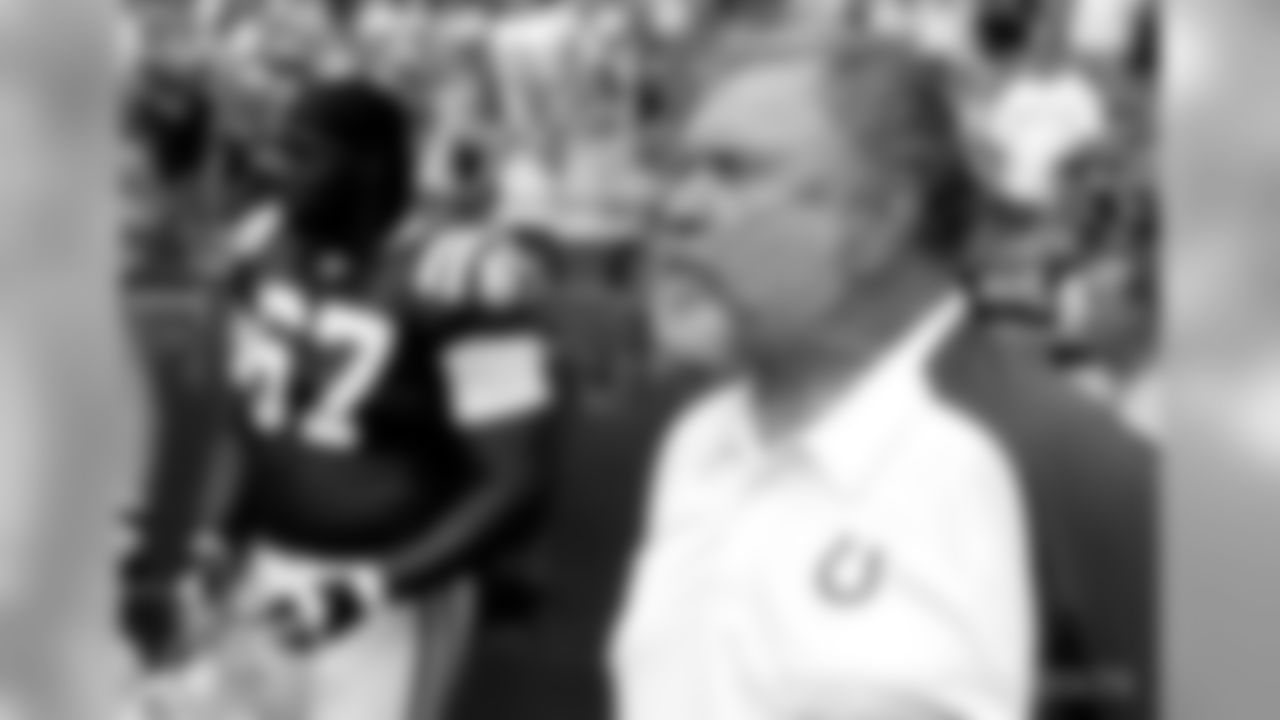
Howard Mudd has over 40 years of NFL experience as a coach and player and he re-joins Indianapolis after serving as the Colts offensive line coach for 12 seasons (1998-2009).

Howard Mudd has over 40 years of NFL experience as a coach and player and he re-joins Indianapolis after serving as the Colts offensive line coach for 12 seasons (1998-2009).
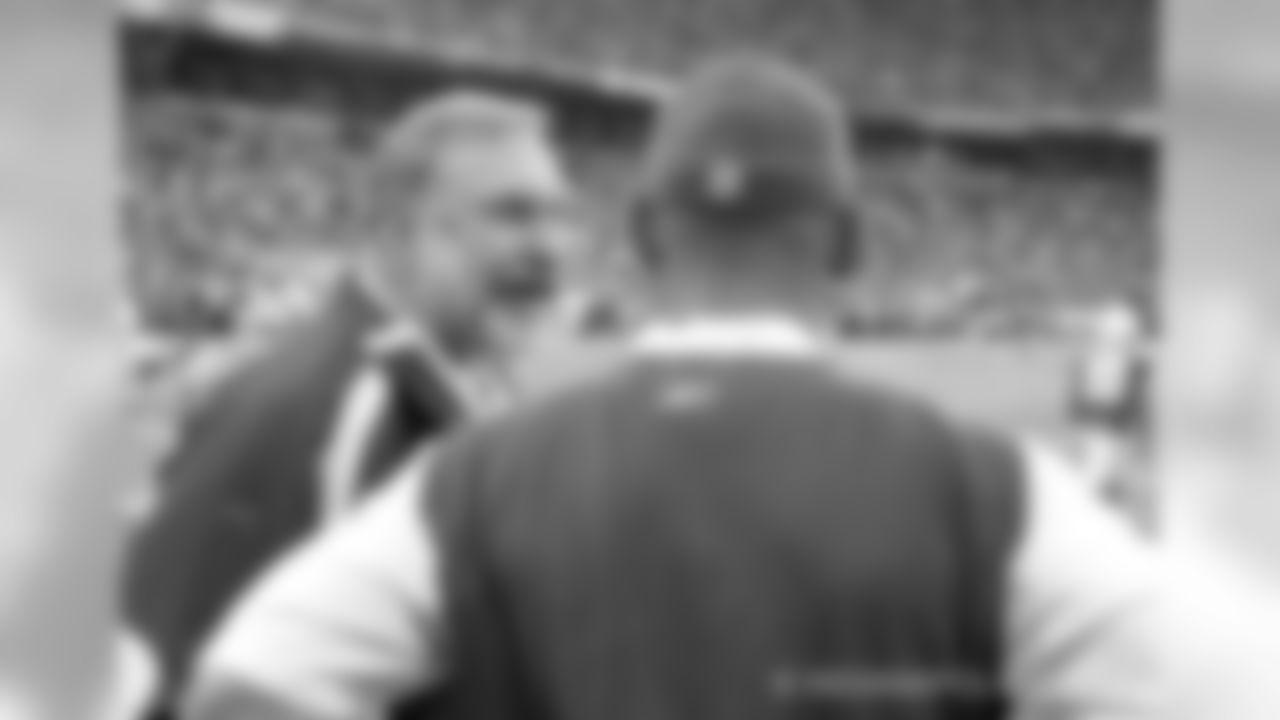
Howard Mudd has over 40 years of NFL experience as a coach and player and he re-joins Indianapolis after serving as the Colts offensive line coach for 12 seasons (1998-2009).
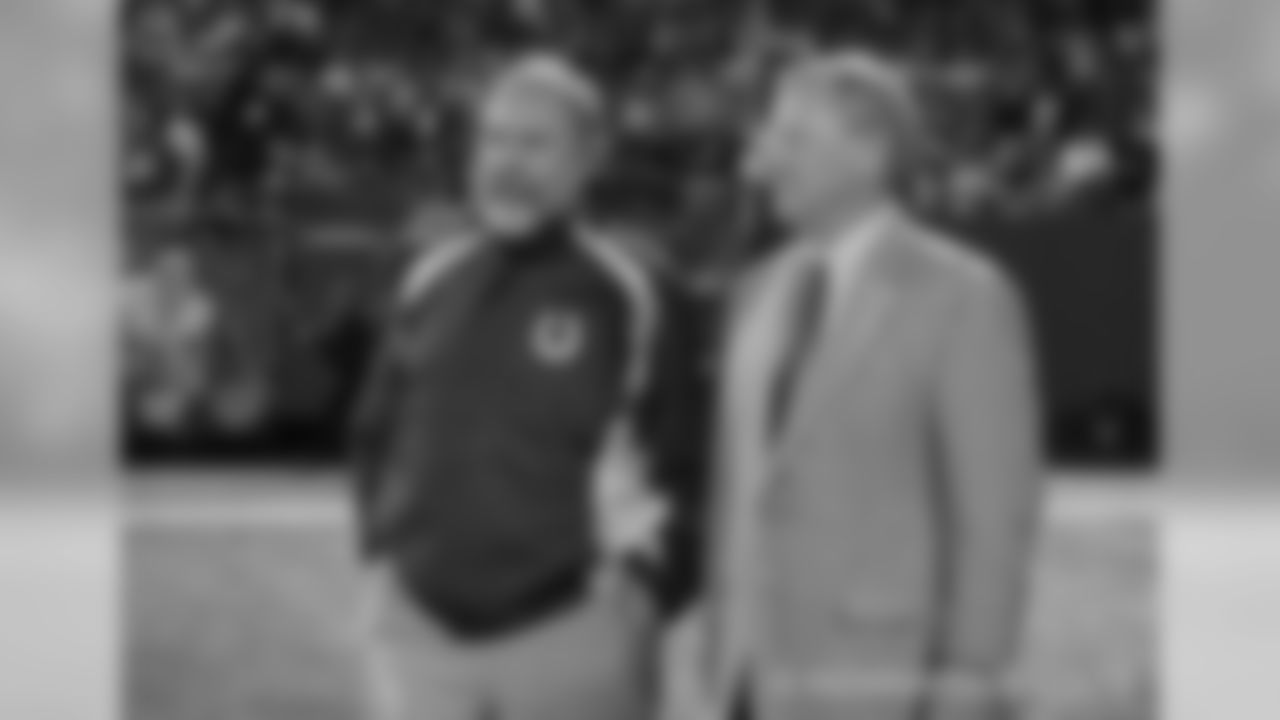
Howard Mudd has over 40 years of NFL experience as a coach and player and he re-joins Indianapolis after serving as the Colts offensive line coach for 12 seasons (1998-2009).
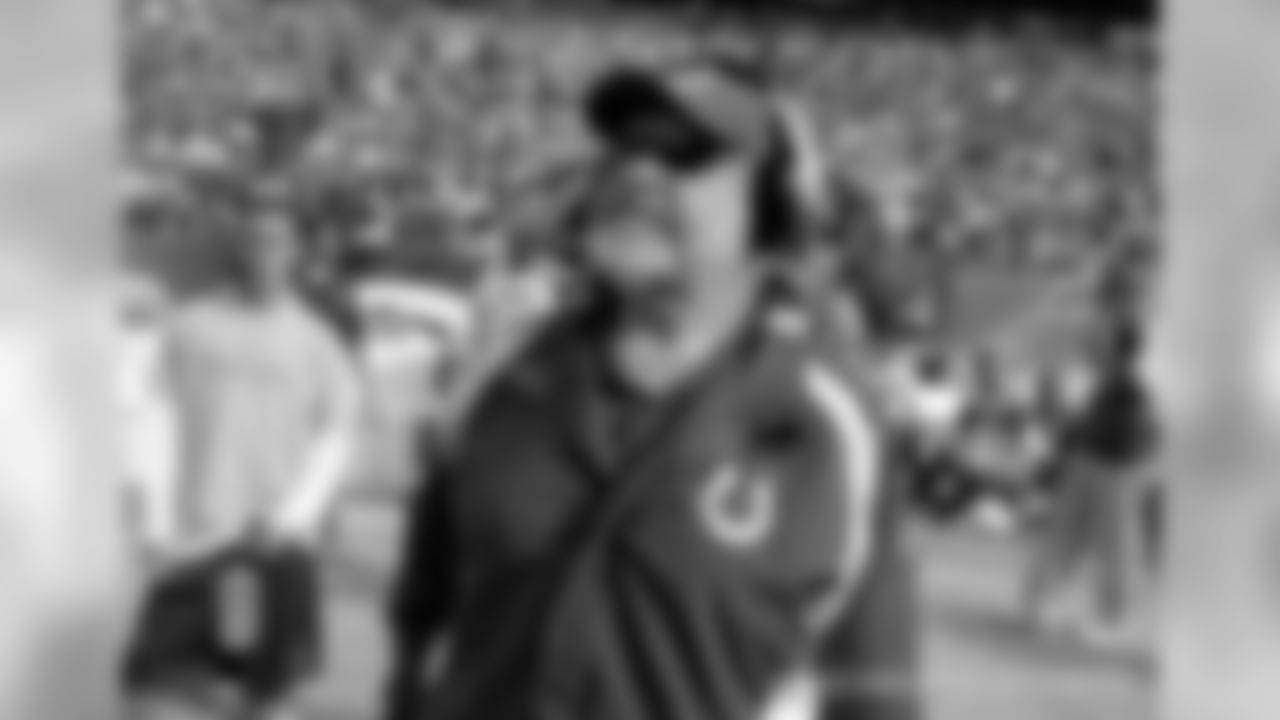
Howard Mudd has over 40 years of NFL experience as a coach and player and he re-joins Indianapolis after serving as the Colts offensive line coach for 12 seasons (1998-2009).
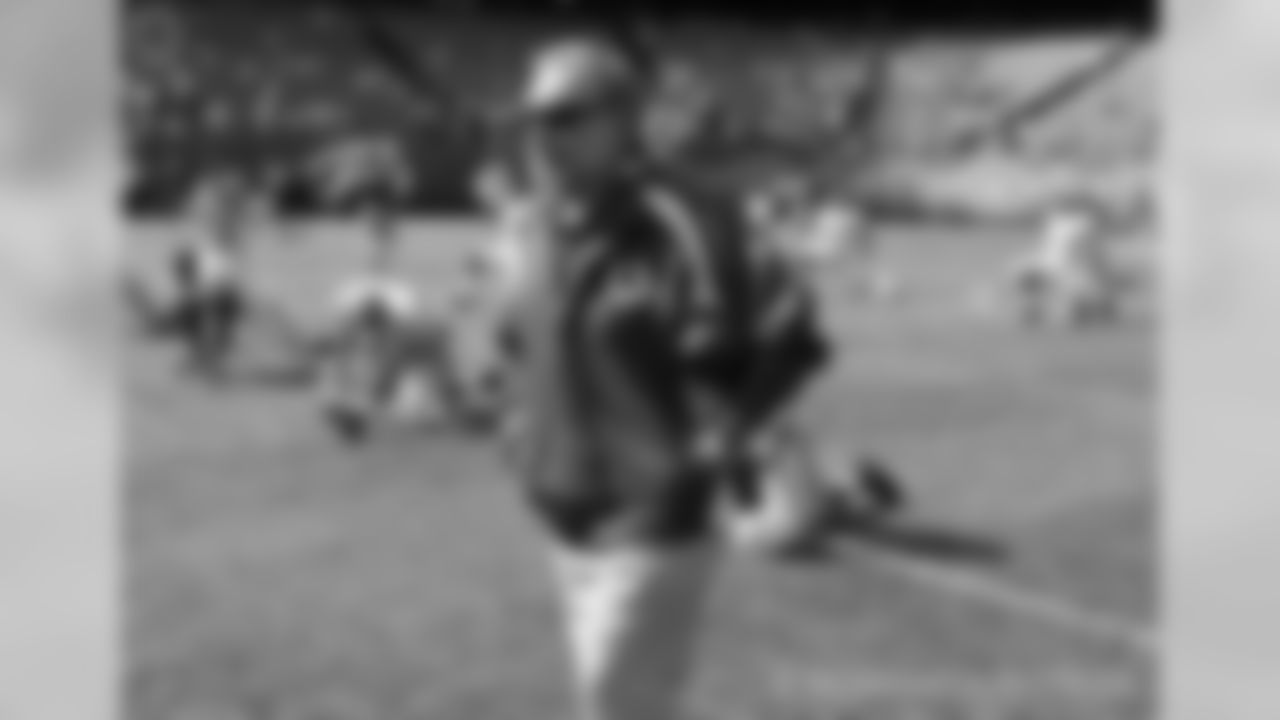
Howard Mudd has over 40 years of NFL experience as a coach and player and he re-joins Indianapolis after serving as the Colts offensive line coach for 12 seasons (1998-2009).

Howard Mudd has over 40 years of NFL experience as a coach and player and he re-joins Indianapolis after serving as the Colts offensive line coach for 12 seasons (1998-2009).
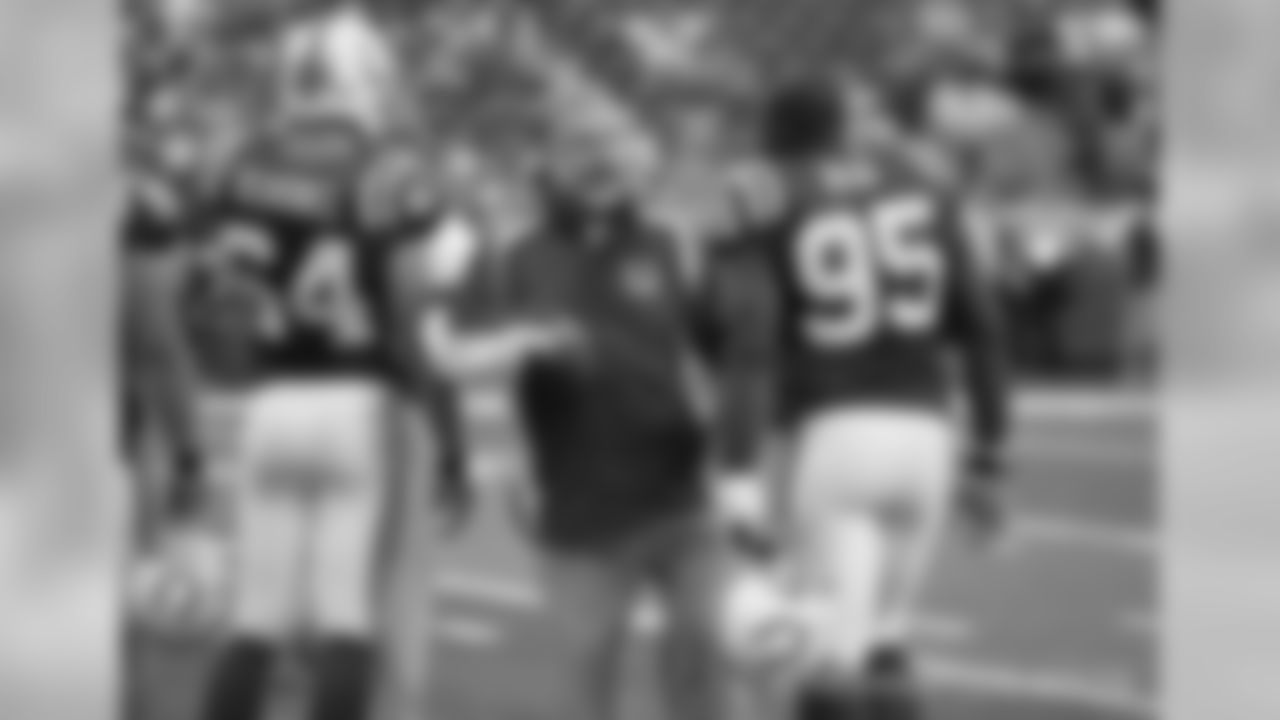
Howard Mudd has over 40 years of NFL experience as a coach and player and he re-joins Indianapolis after serving as the Colts offensive line coach for 12 seasons (1998-2009).
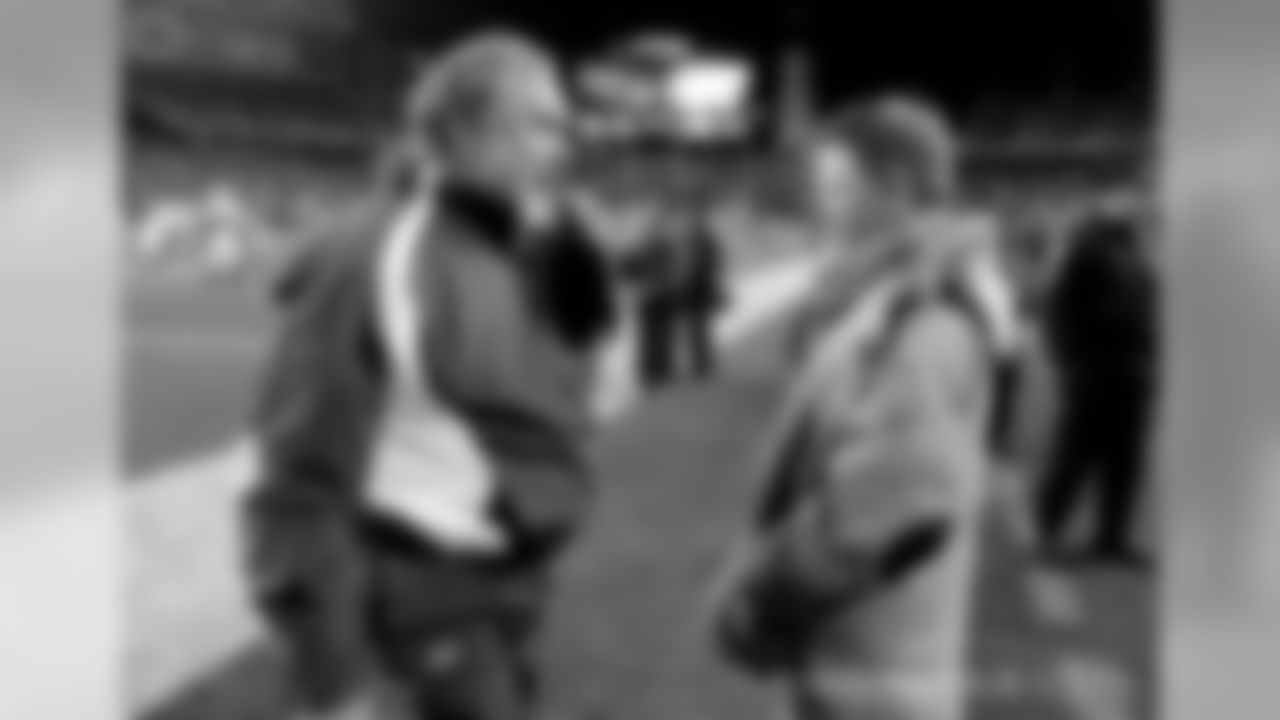
Howard Mudd has over 40 years of NFL experience as a coach and player and he re-joins Indianapolis after serving as the Colts offensive line coach for 12 seasons (1998-2009).
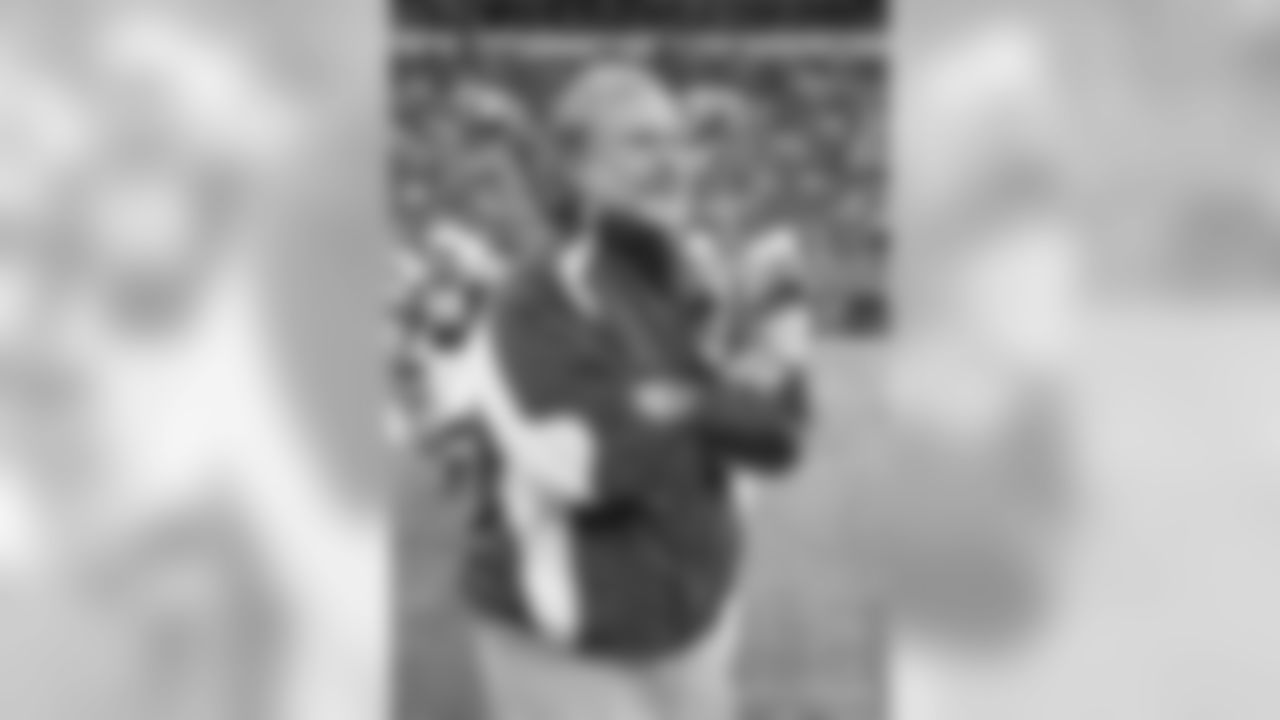
Howard Mudd has over 40 years of NFL experience as a coach and player and he re-joins Indianapolis after serving as the Colts offensive line coach for 12 seasons (1998-2009).
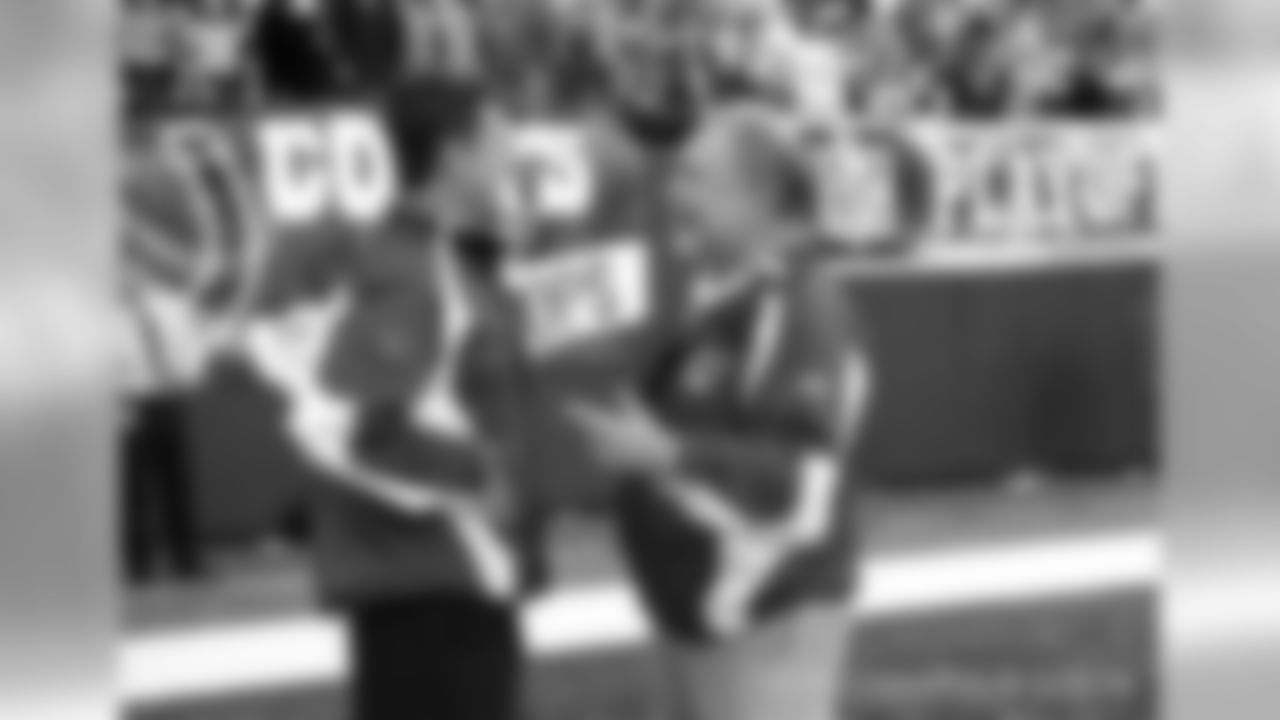
Howard Mudd has over 40 years of NFL experience as a coach and player and he re-joins Indianapolis after serving as the Colts offensive line coach for 12 seasons (1998-2009).

Howard Mudd has over 40 years of NFL experience as a coach and player and he re-joins Indianapolis after serving as the Colts offensive line coach for 12 seasons (1998-2009).
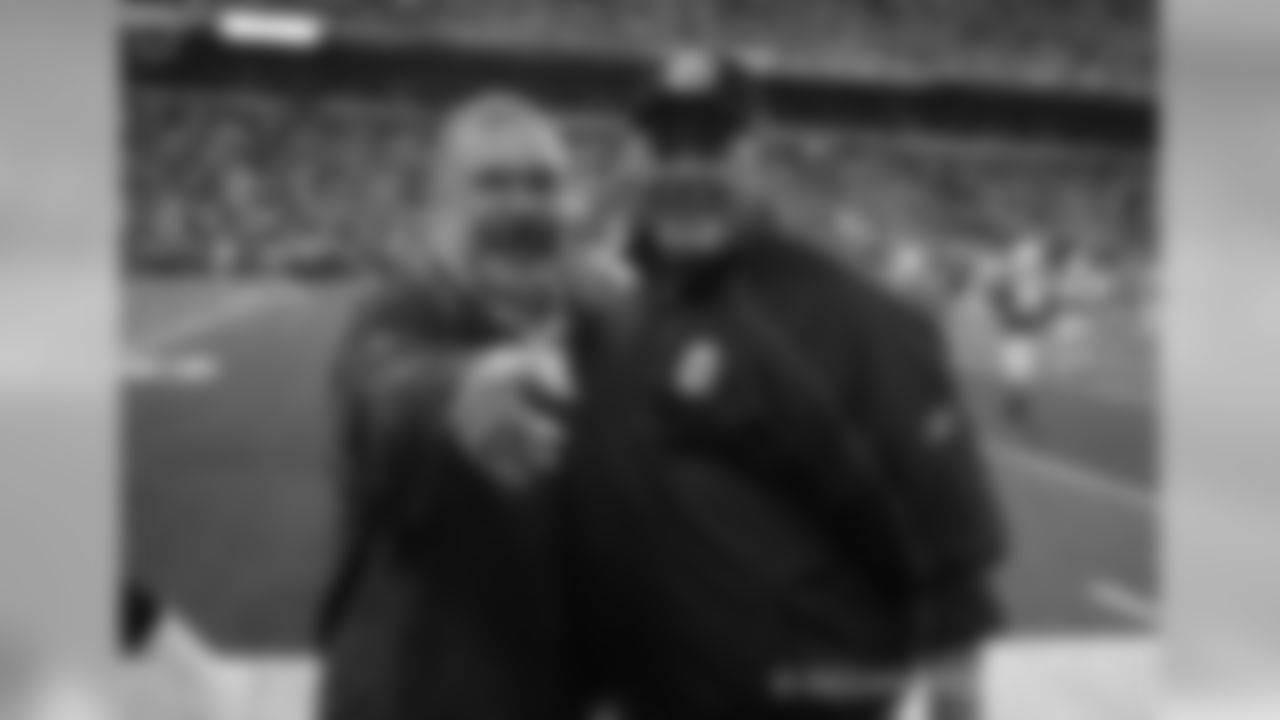
Howard Mudd has over 40 years of NFL experience as a coach and player and he re-joins Indianapolis after serving as the Colts offensive line coach for 12 seasons (1998-2009).
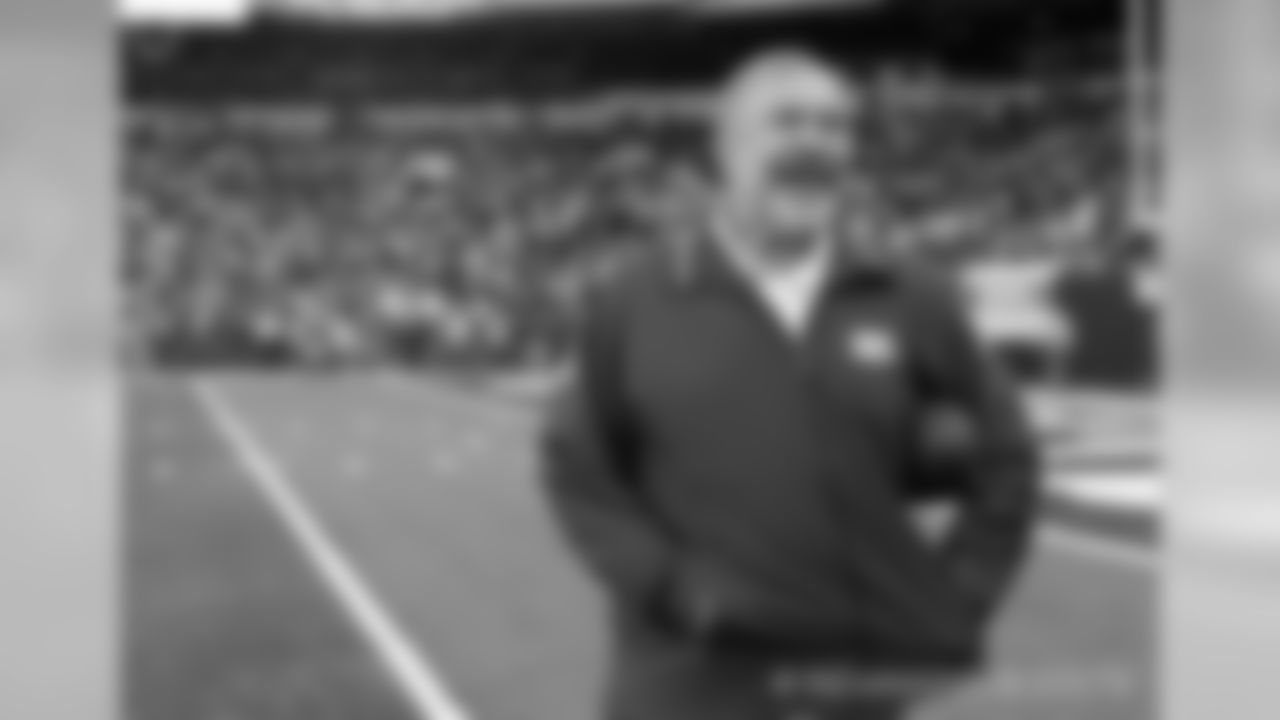
Howard Mudd has over 40 years of NFL experience as a coach and player and he re-joins Indianapolis after serving as the Colts offensive line coach for 12 seasons (1998-2009).

Howard Mudd has over 40 years of NFL experience as a coach and player and he re-joins Indianapolis after serving as the Colts offensive line coach for 12 seasons (1998-2009).
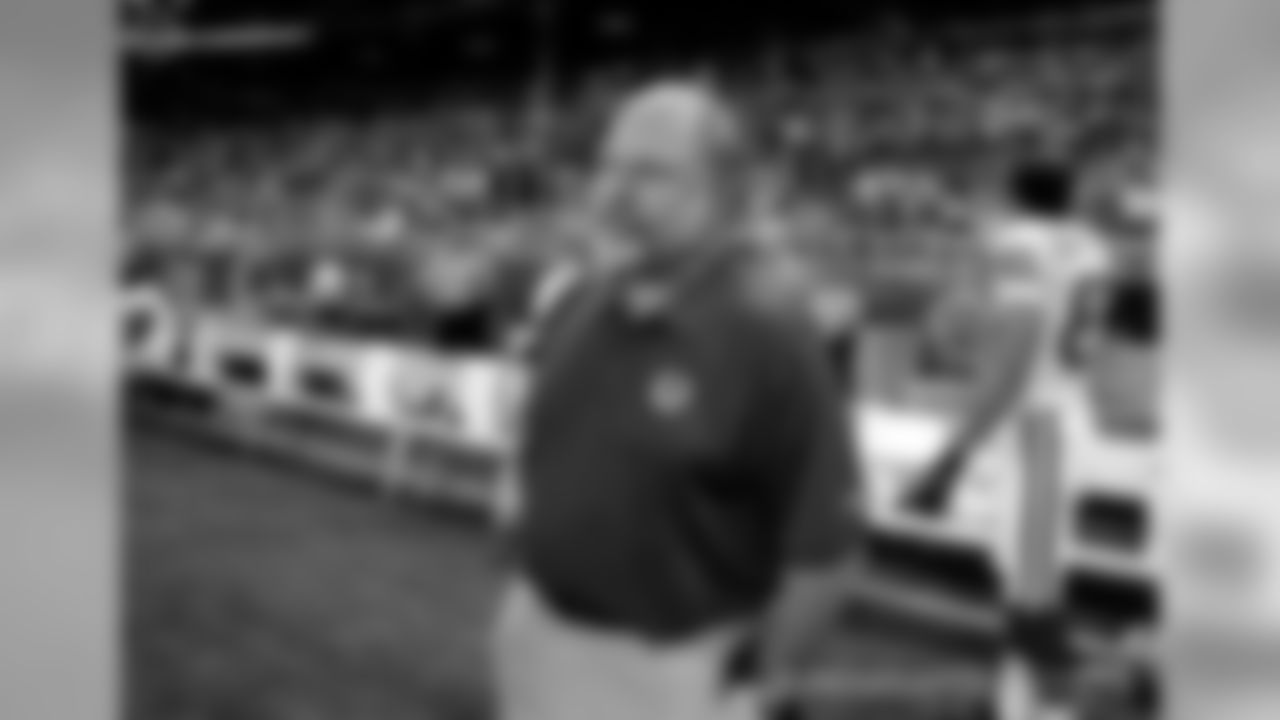
Howard Mudd has over 40 years of NFL experience as a coach and player and he re-joins Indianapolis after serving as the Colts offensive line coach for 12 seasons (1998-2009).
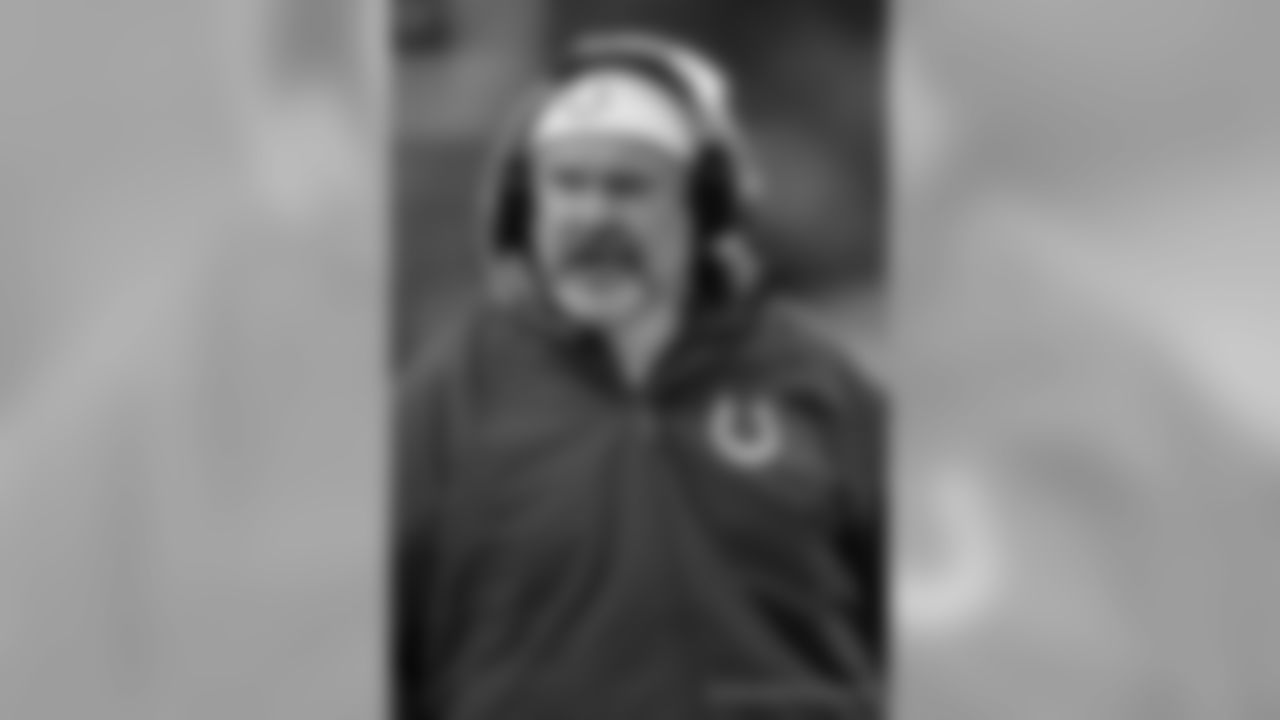
Howard Mudd has over 40 years of NFL experience as a coach and player and he re-joins Indianapolis after serving as the Colts offensive line coach for 12 seasons (1998-2009).
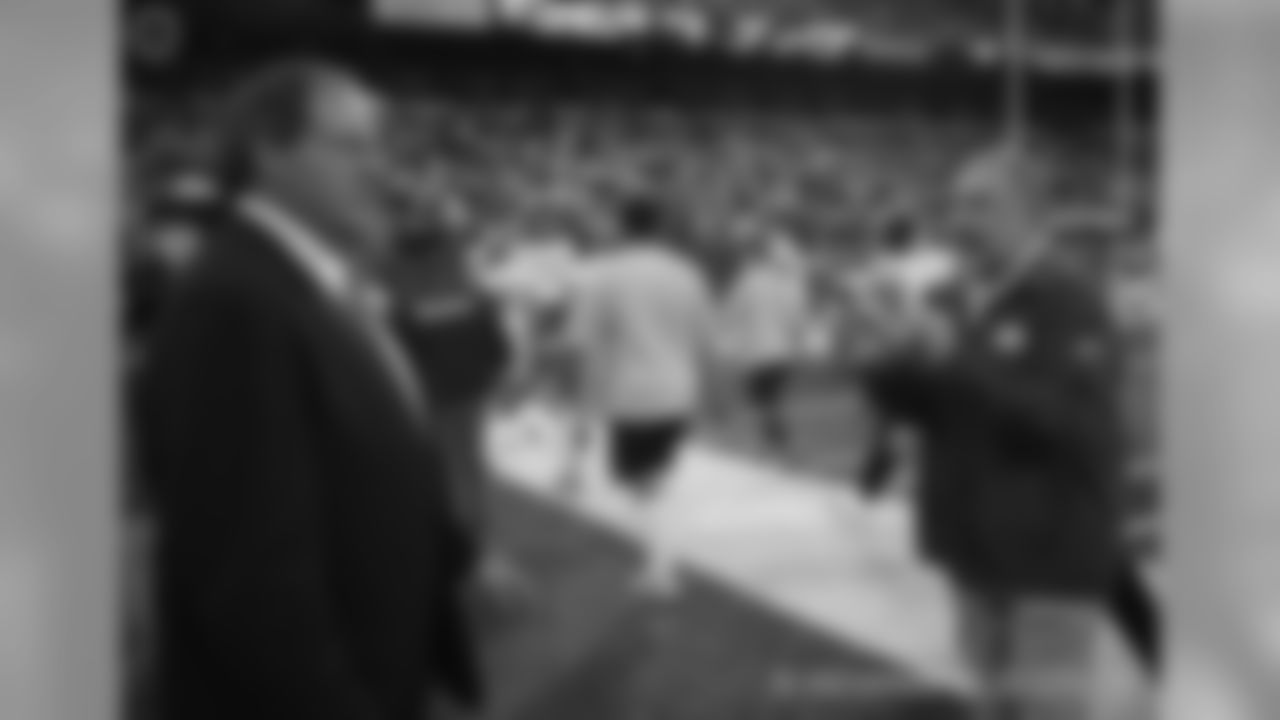
Howard Mudd has over 40 years of NFL experience as a coach and player and he re-joins Indianapolis after serving as the Colts offensive line coach for 12 seasons (1998-2009).
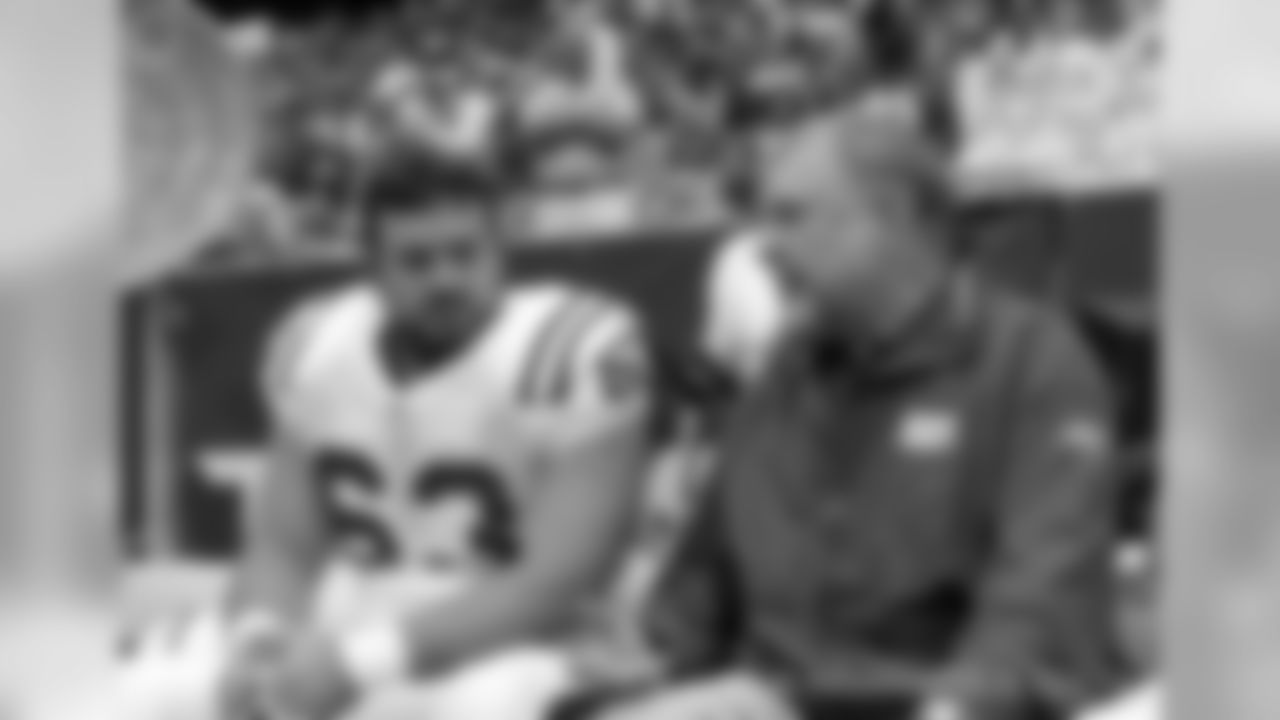
Howard Mudd has over 40 years of NFL experience as a coach and player and he re-joins Indianapolis after serving as the Colts offensive line coach for 12 seasons (1998-2009).

Howard Mudd has over 40 years of NFL experience as a coach and player and he re-joins Indianapolis after serving as the Colts offensive line coach for 12 seasons (1998-2009).
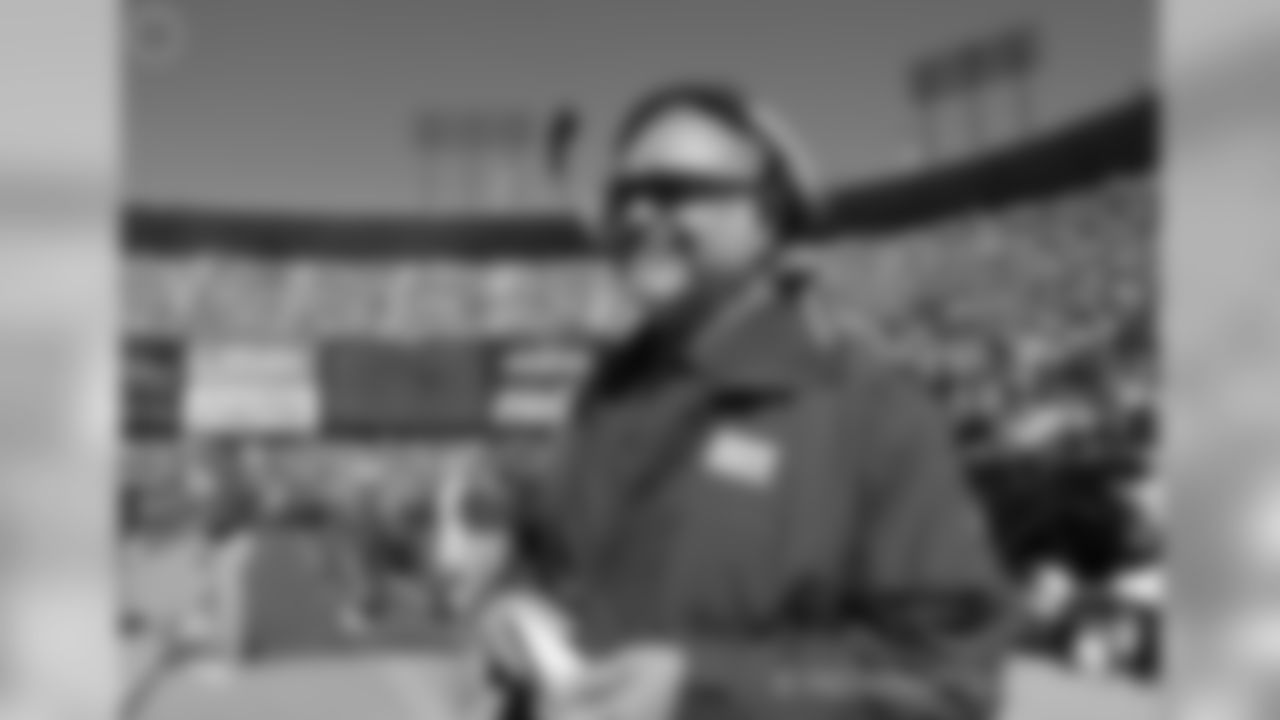
Howard Mudd has over 40 years of NFL experience as a coach and player and he re-joins Indianapolis after serving as the Colts offensive line coach for 12 seasons (1998-2009).
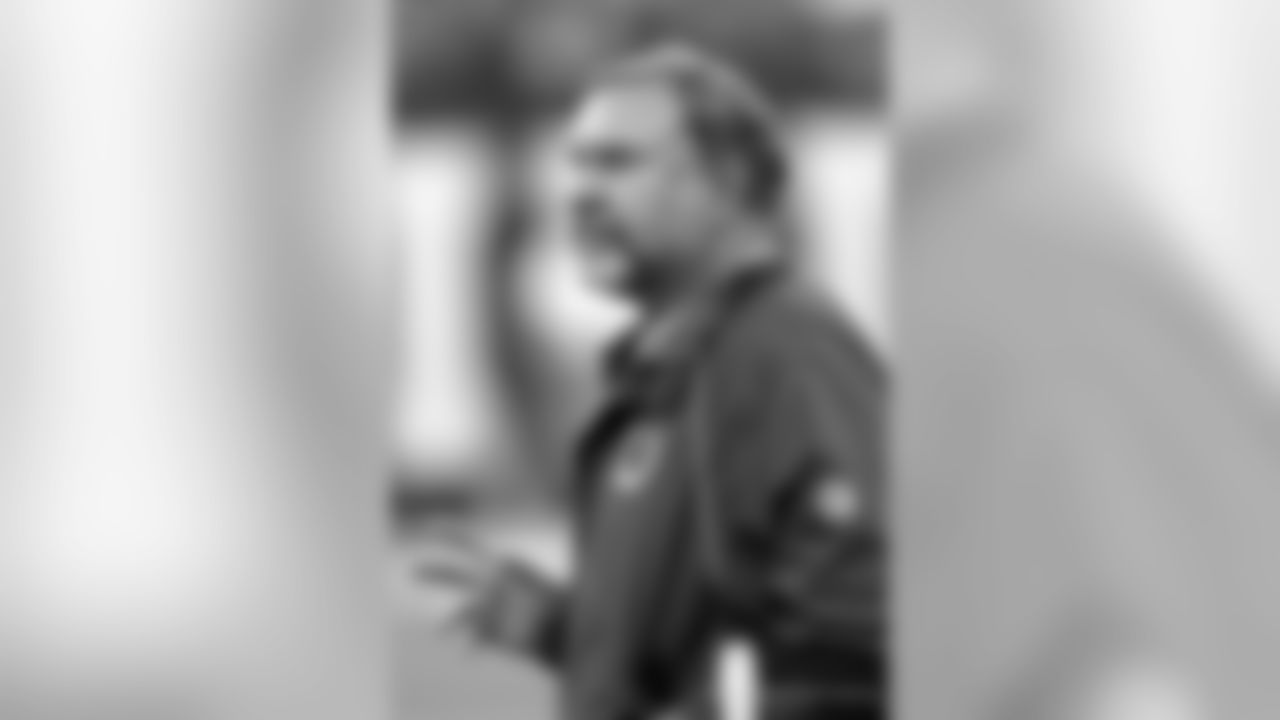
Howard Mudd has over 40 years of NFL experience as a coach and player and he re-joins Indianapolis after serving as the Colts offensive line coach for 12 seasons (1998-2009).

Howard Mudd has over 40 years of NFL experience as a coach and player and he re-joins Indianapolis after serving as the Colts offensive line coach for 12 seasons (1998-2009).
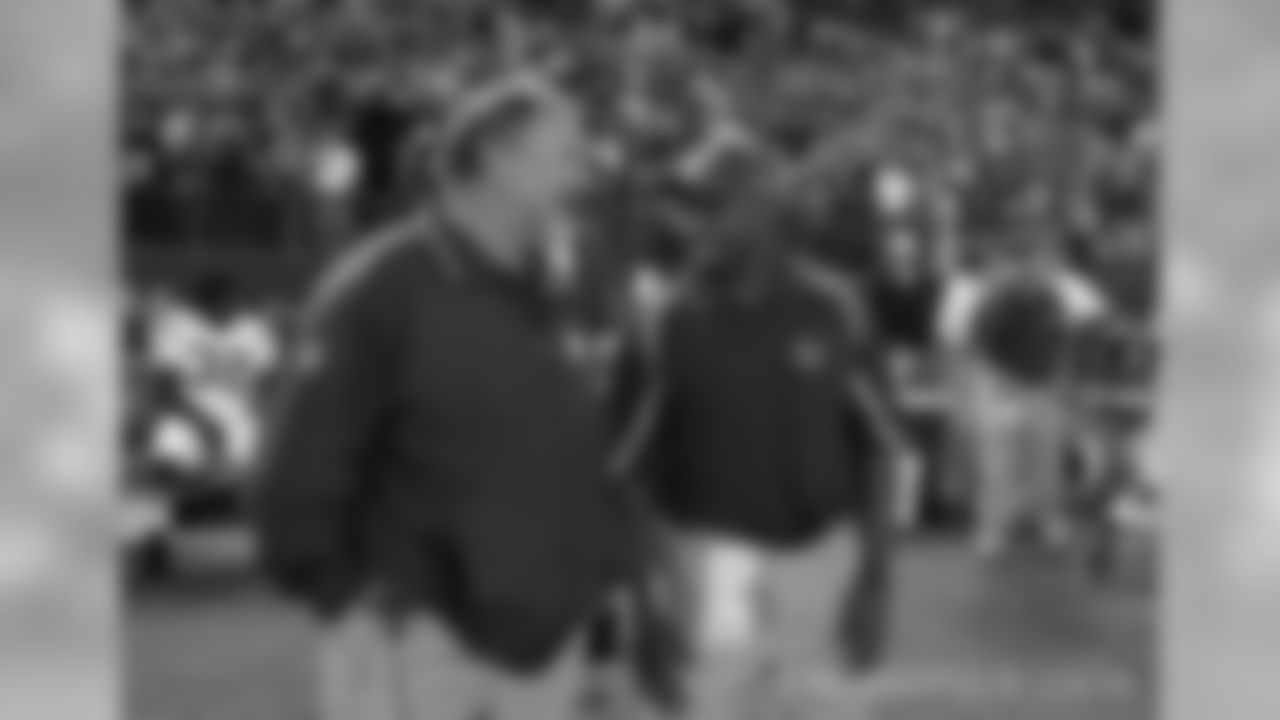
Howard Mudd has over 40 years of NFL experience as a coach and player and he re-joins Indianapolis after serving as the Colts offensive line coach for 12 seasons (1998-2009).
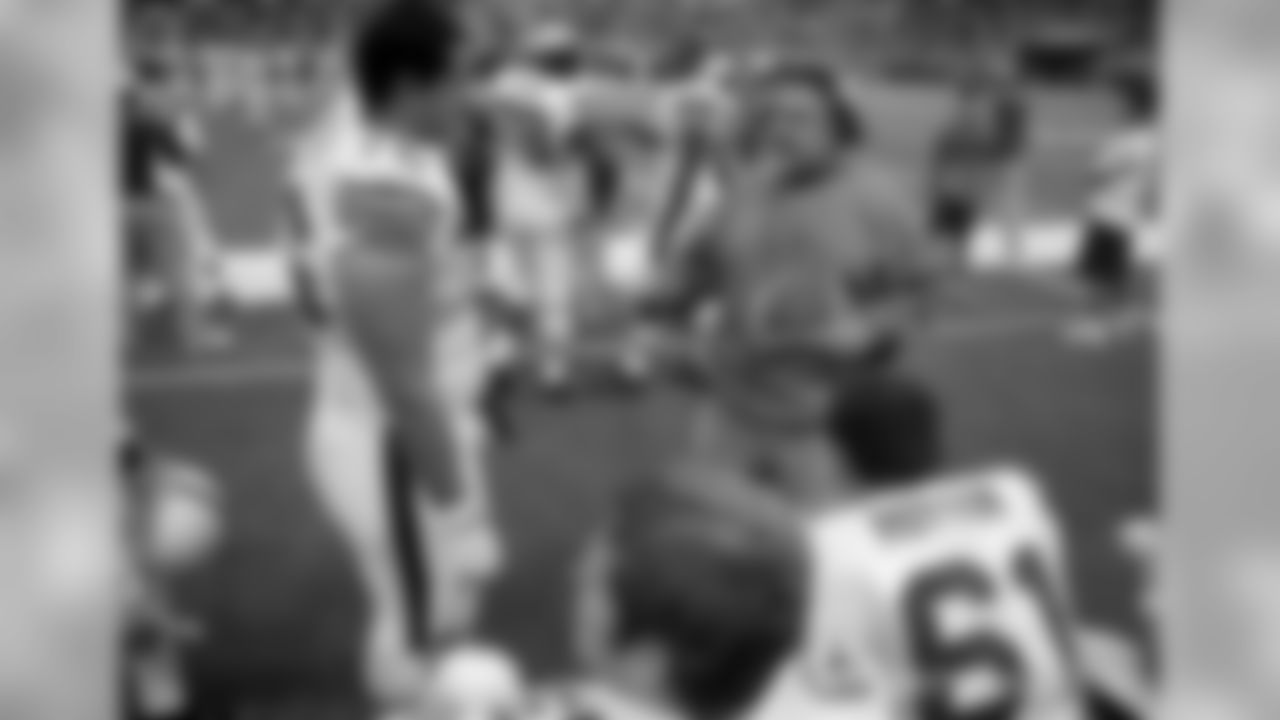
Howard Mudd has over 40 years of NFL experience as a coach and player and he re-joins Indianapolis after serving as the Colts offensive line coach for 12 seasons (1998-2009).
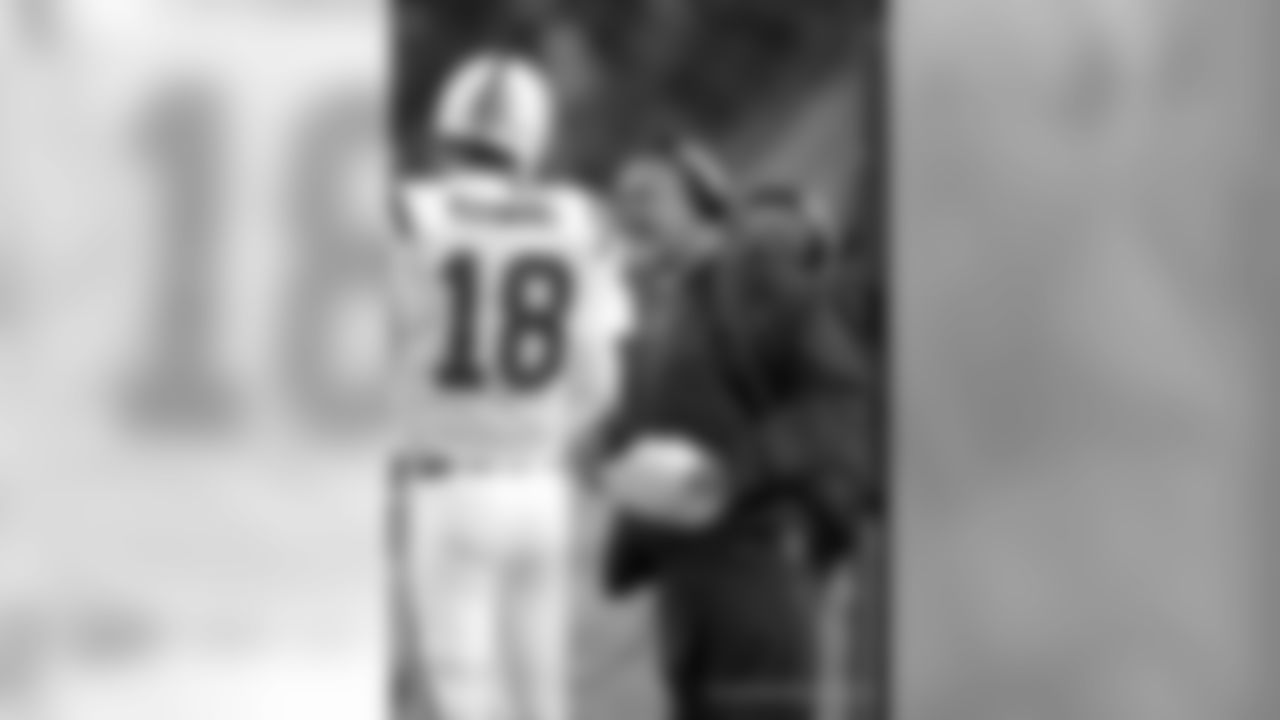
Howard Mudd has over 40 years of NFL experience as a coach and player and he re-joins Indianapolis after serving as the Colts offensive line coach for 12 seasons (1998-2009).




